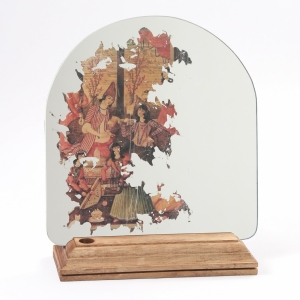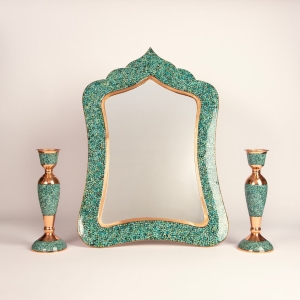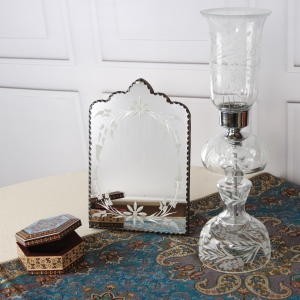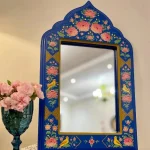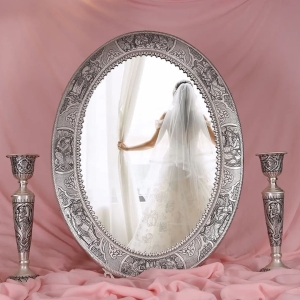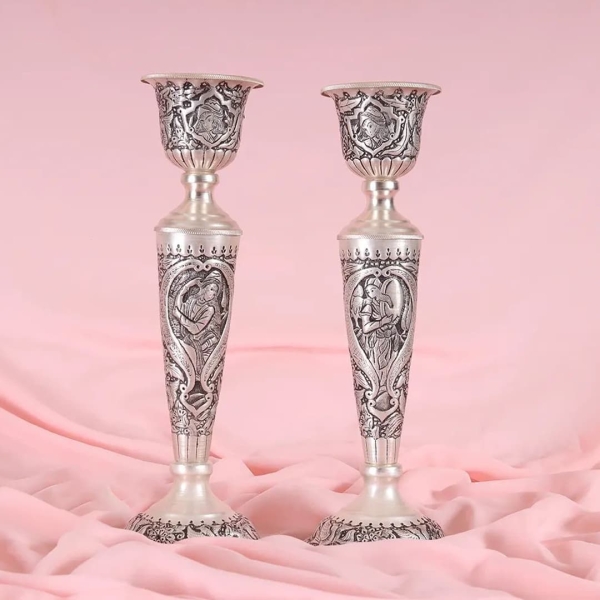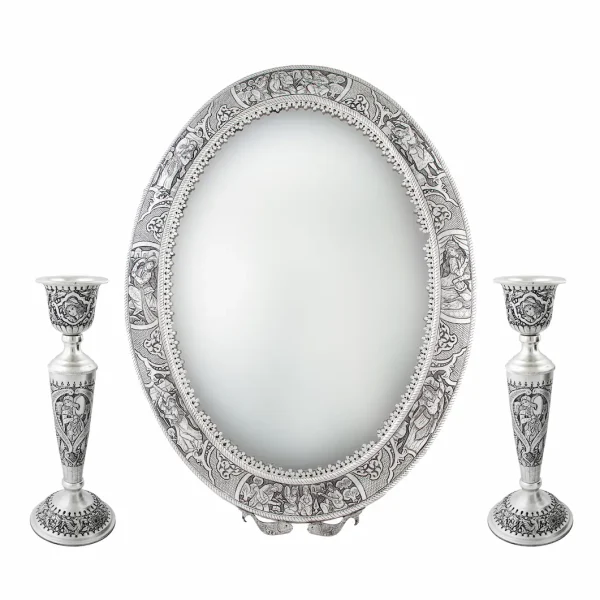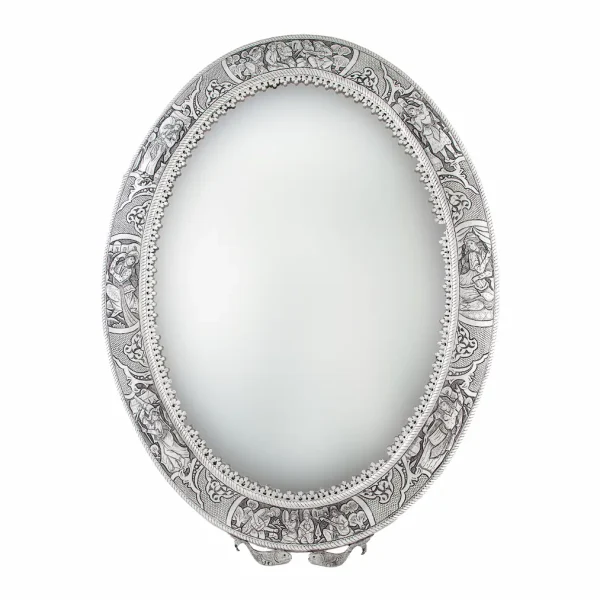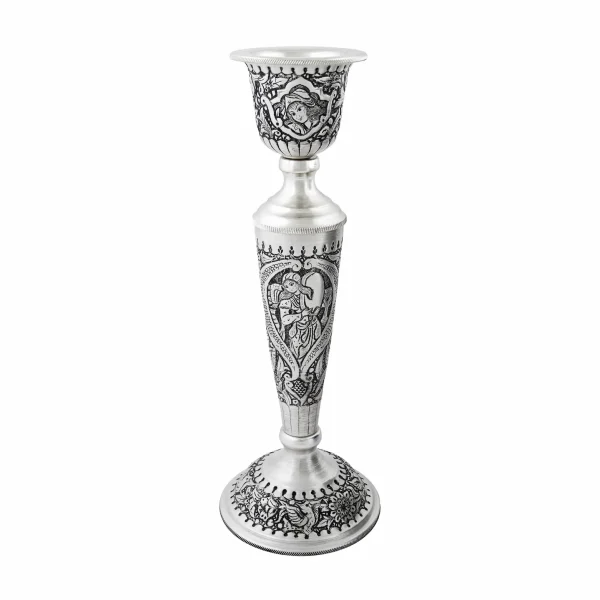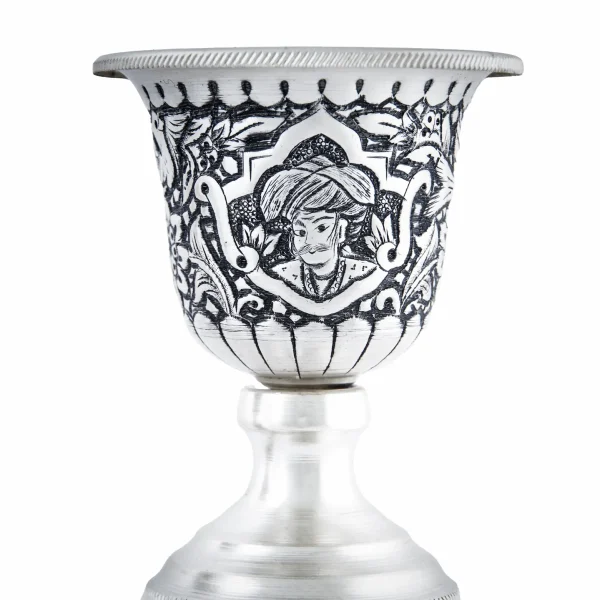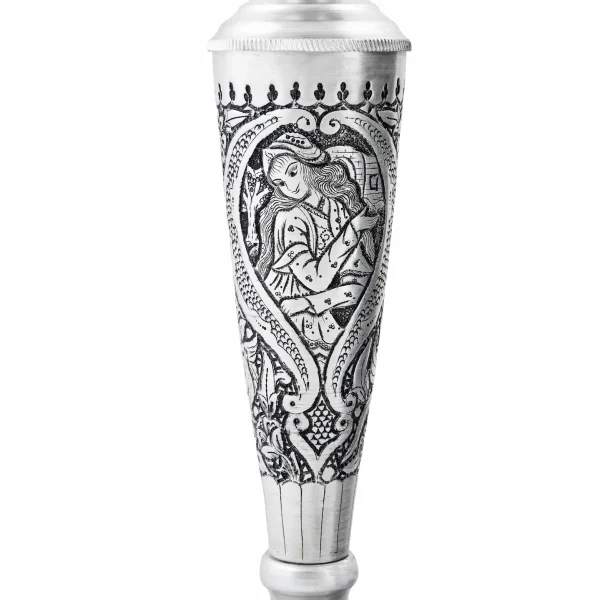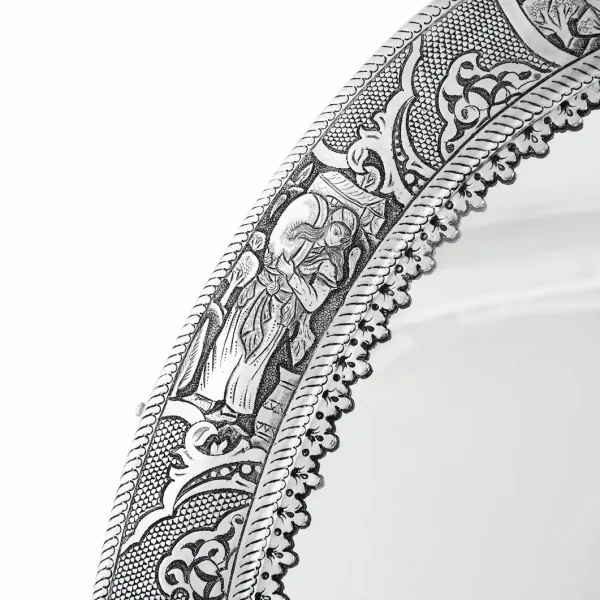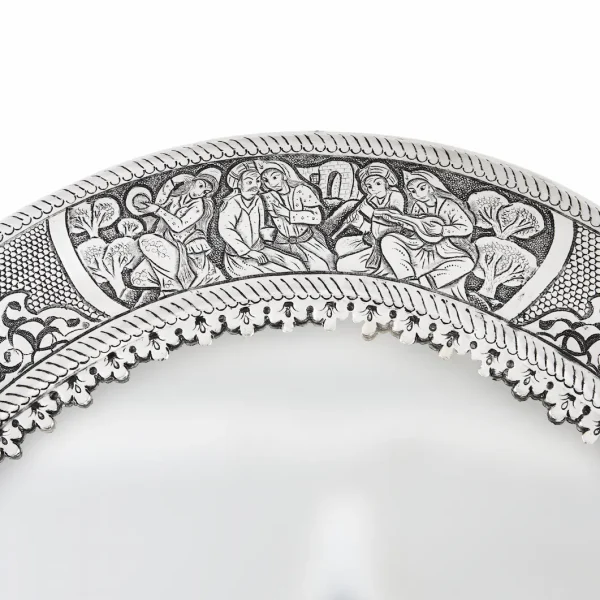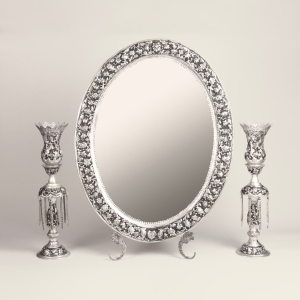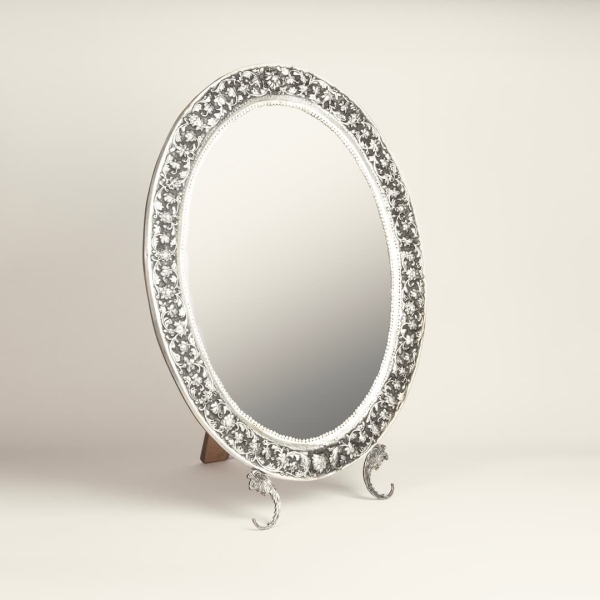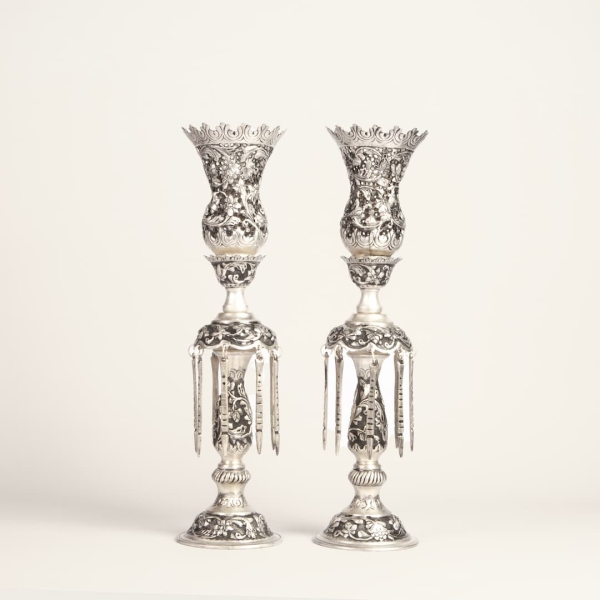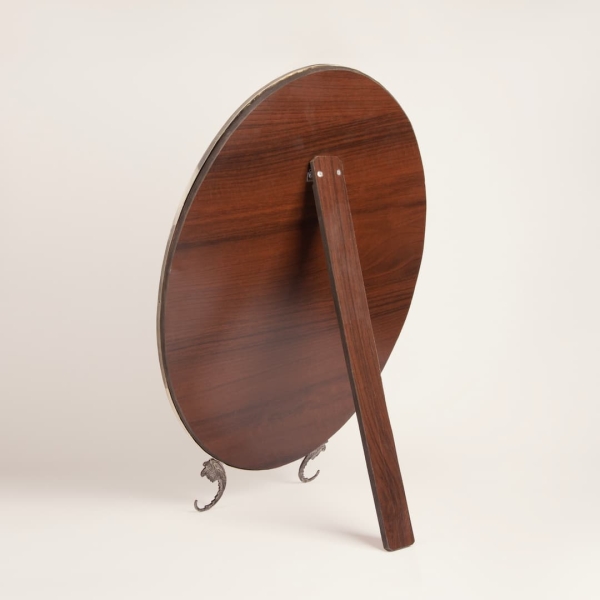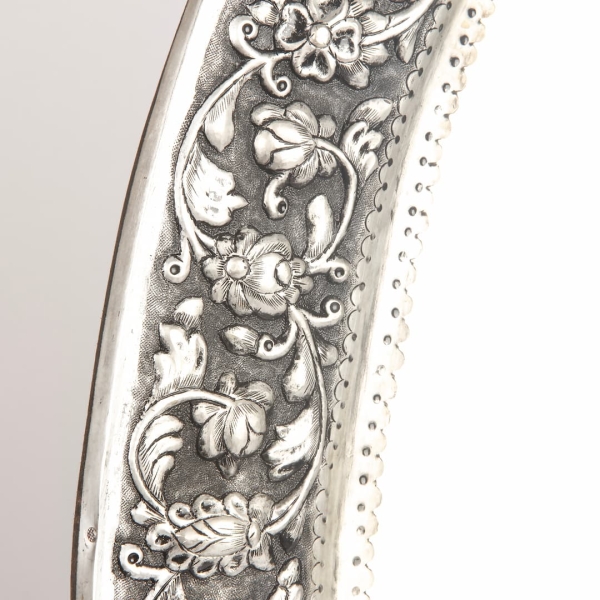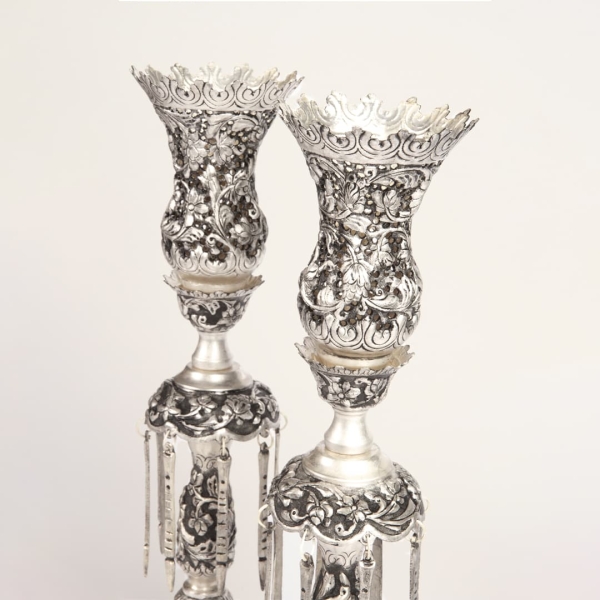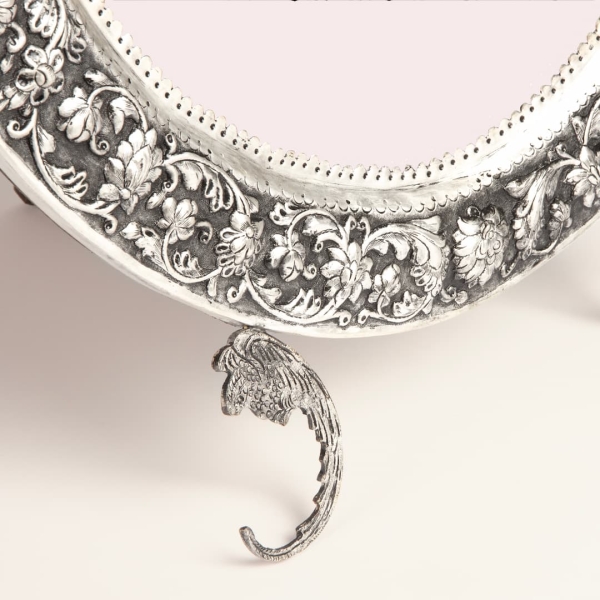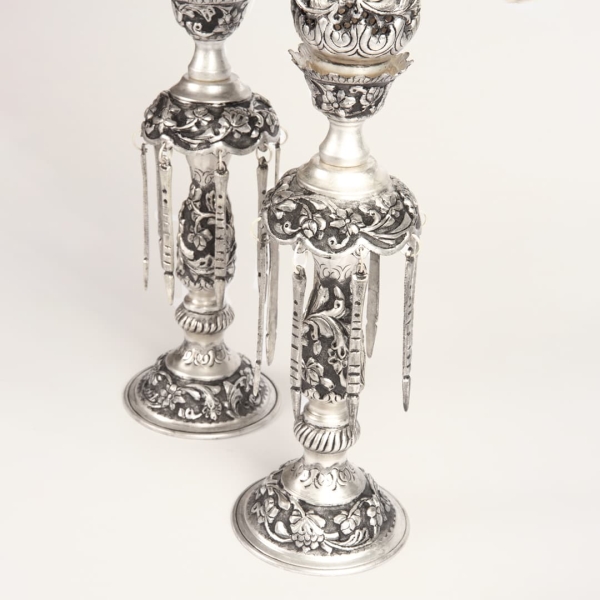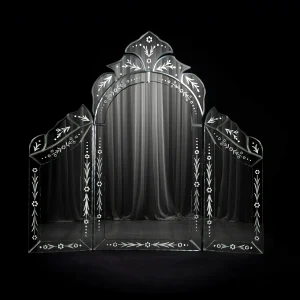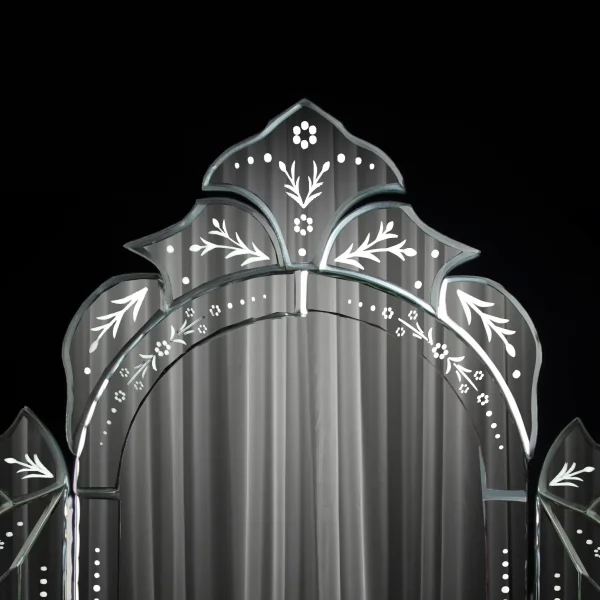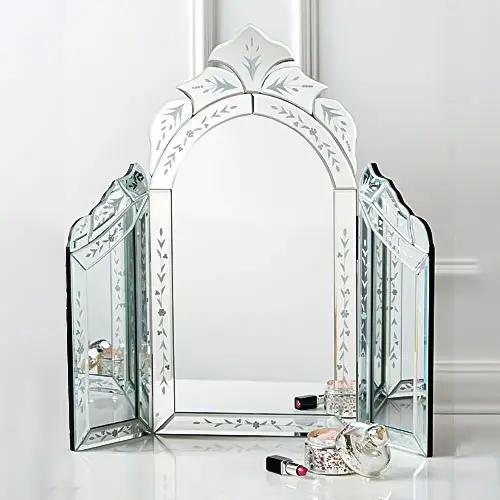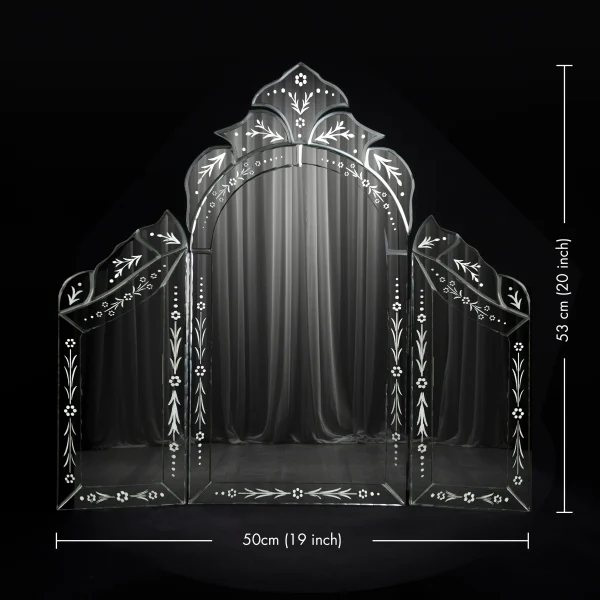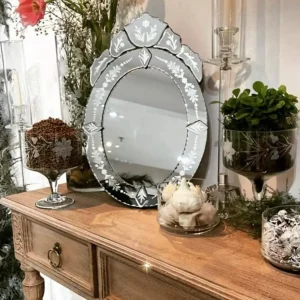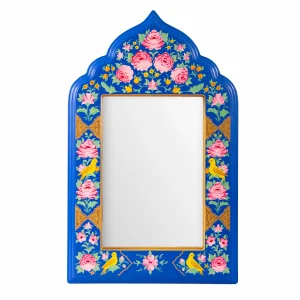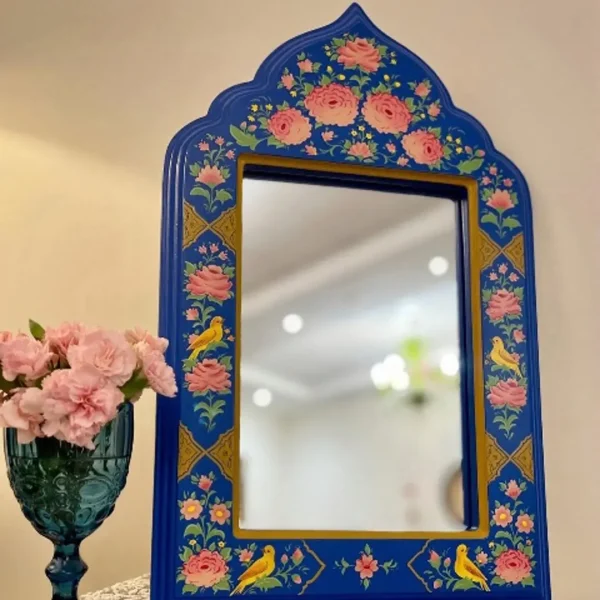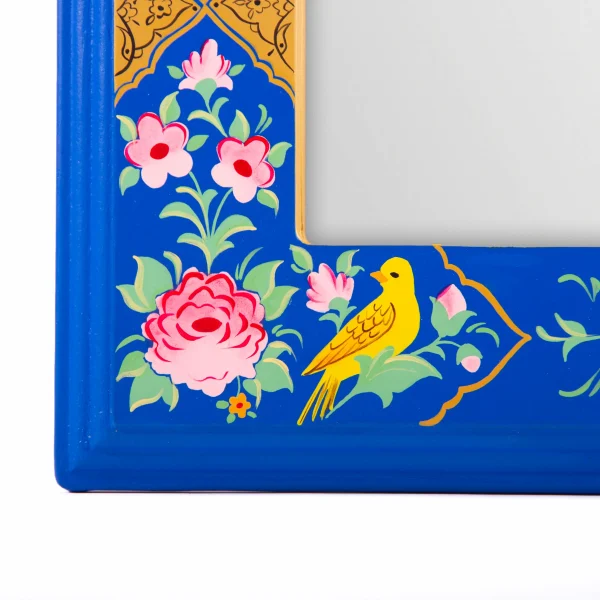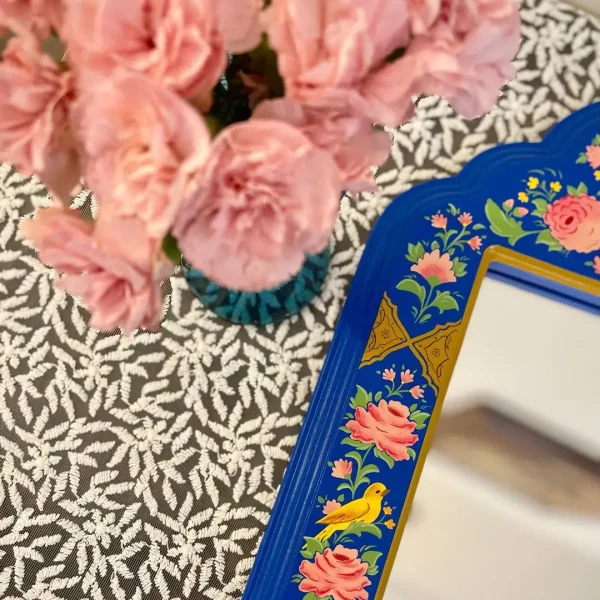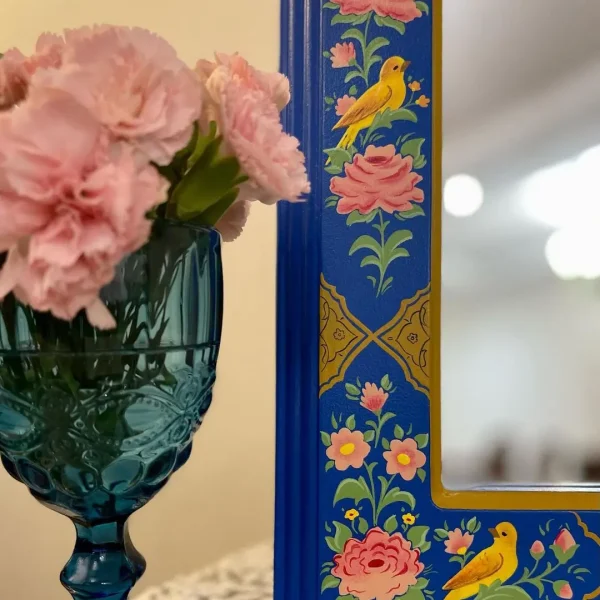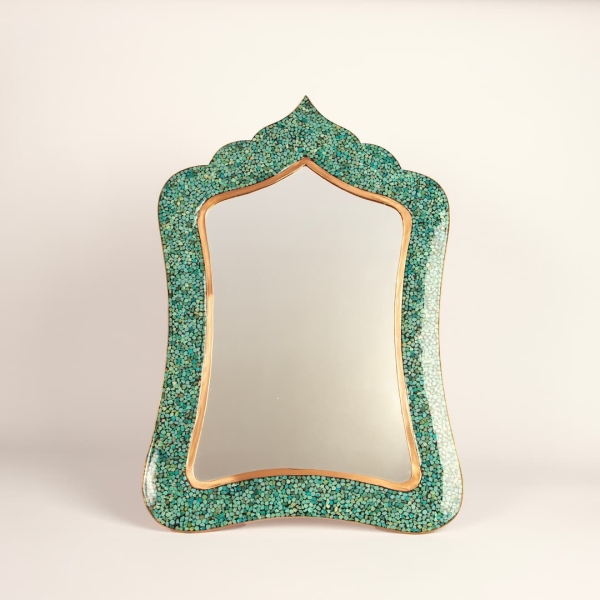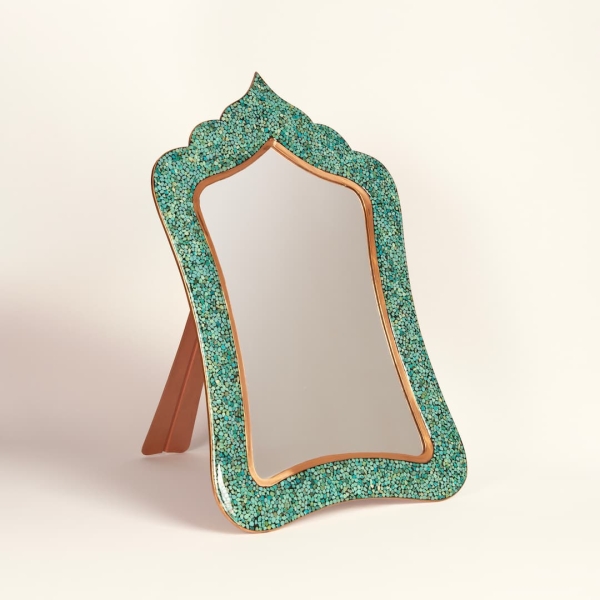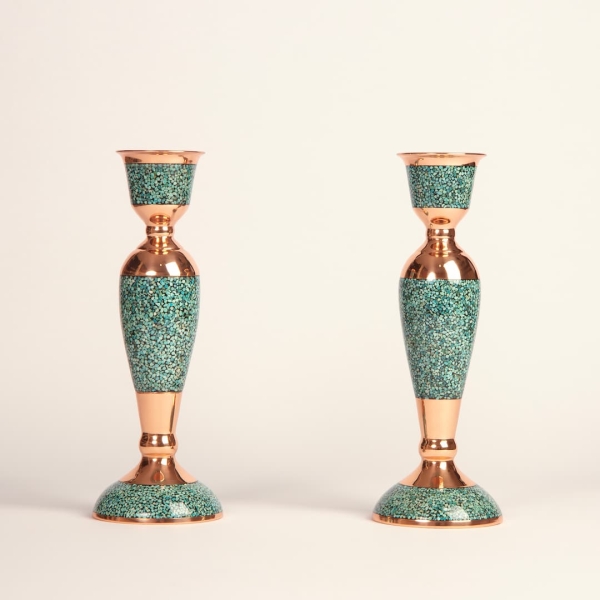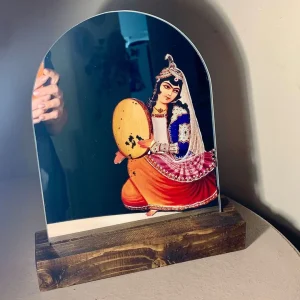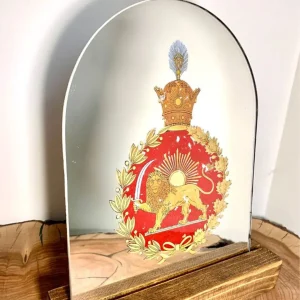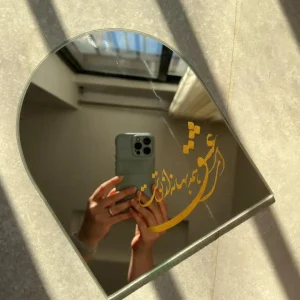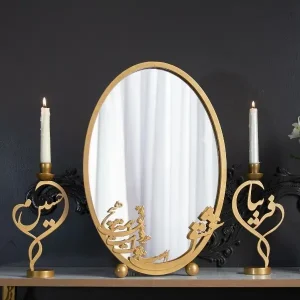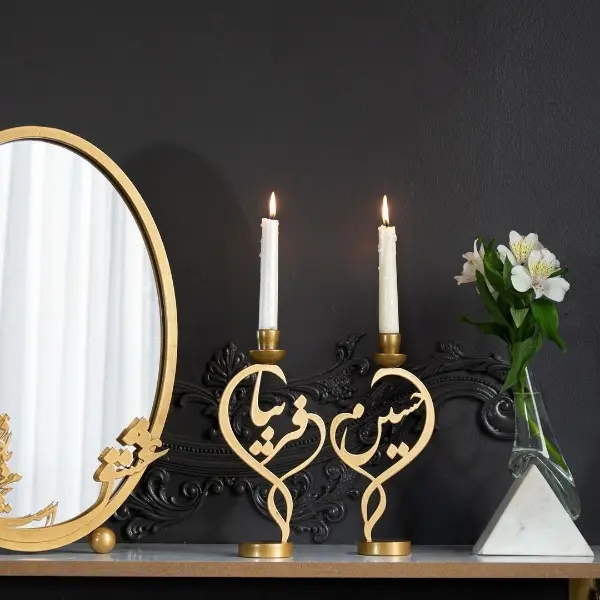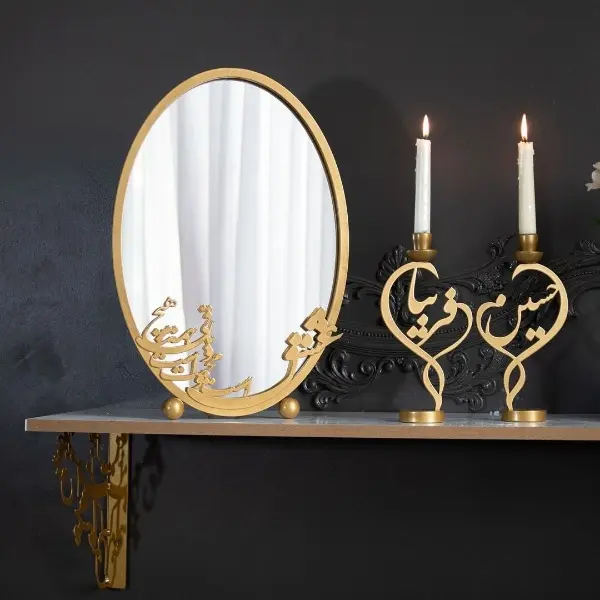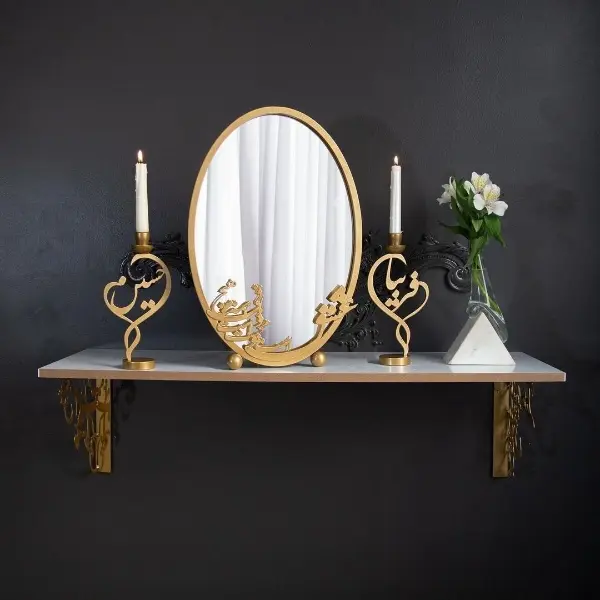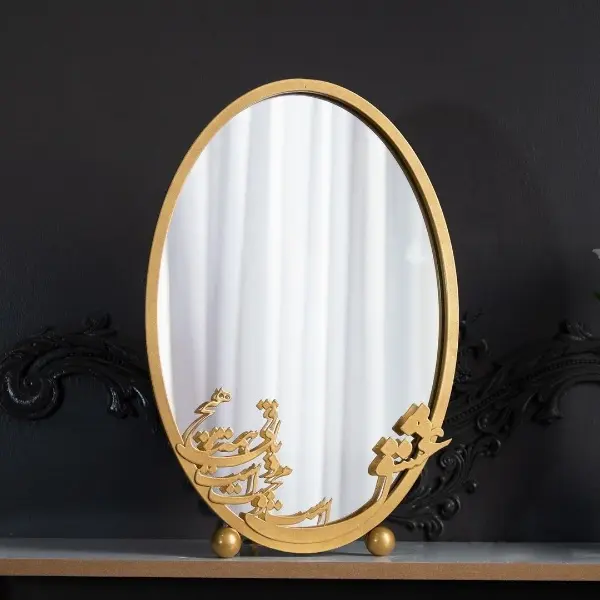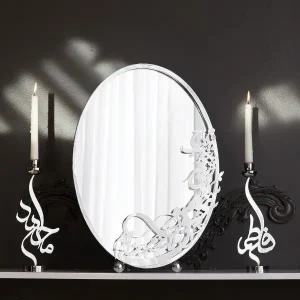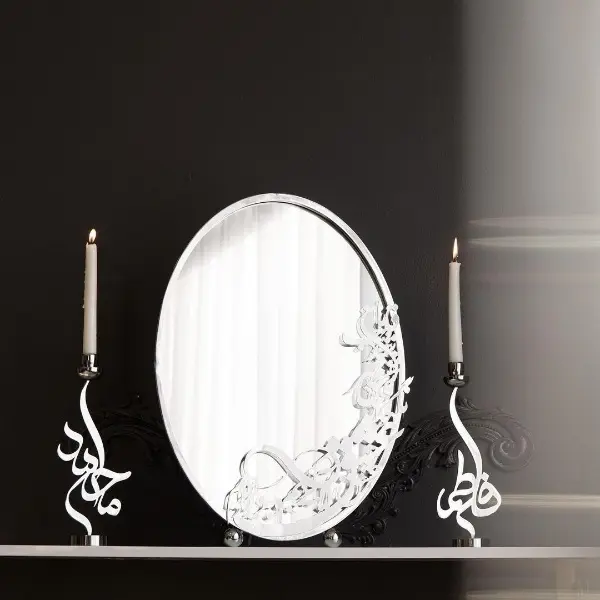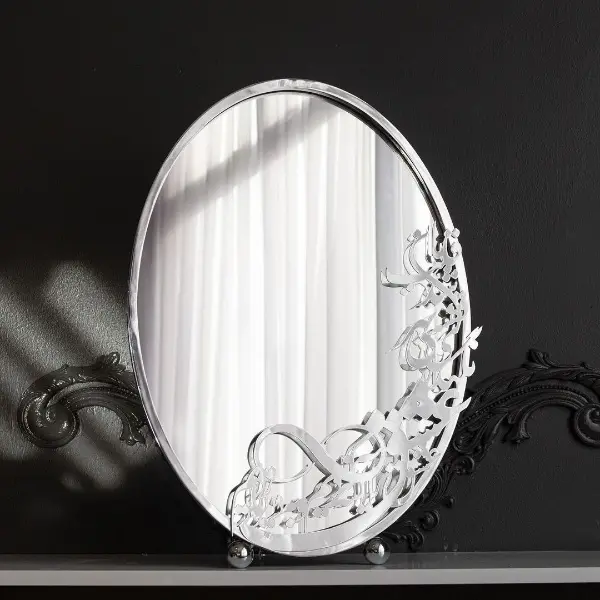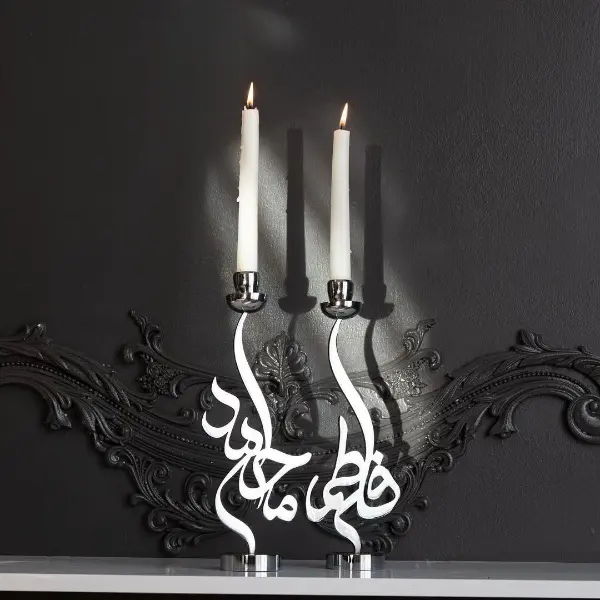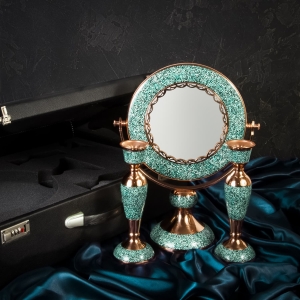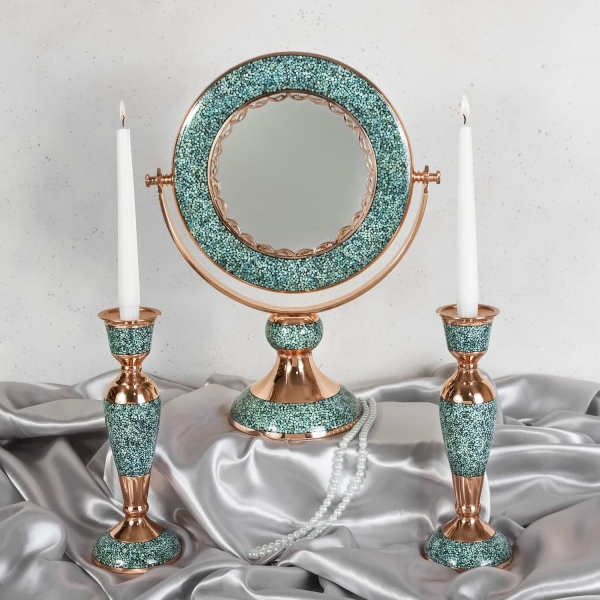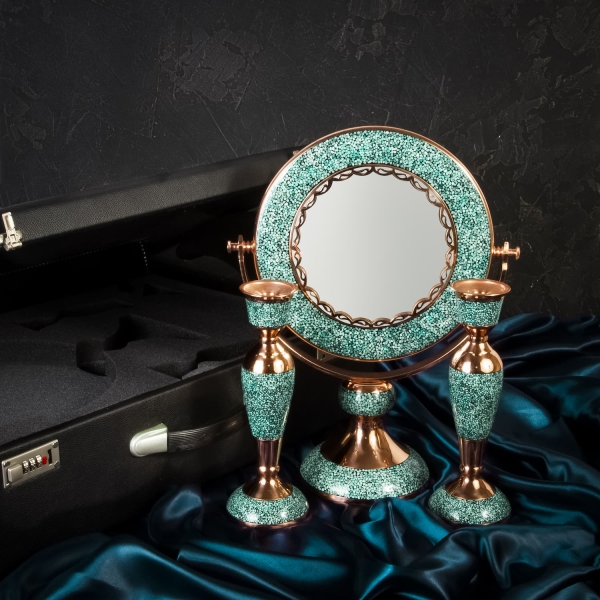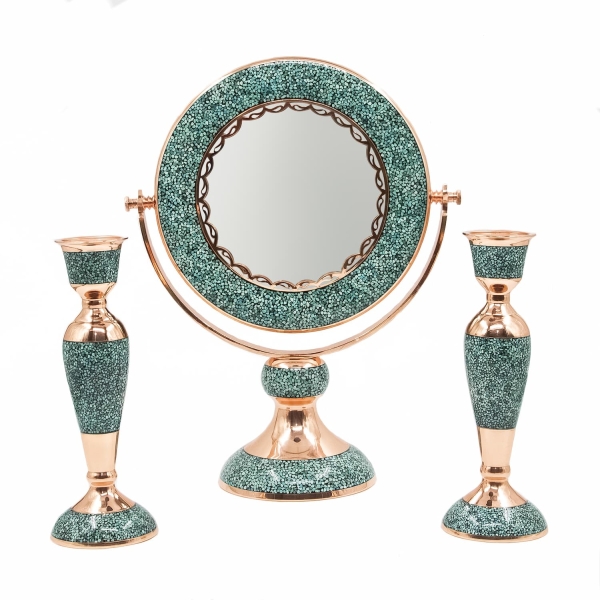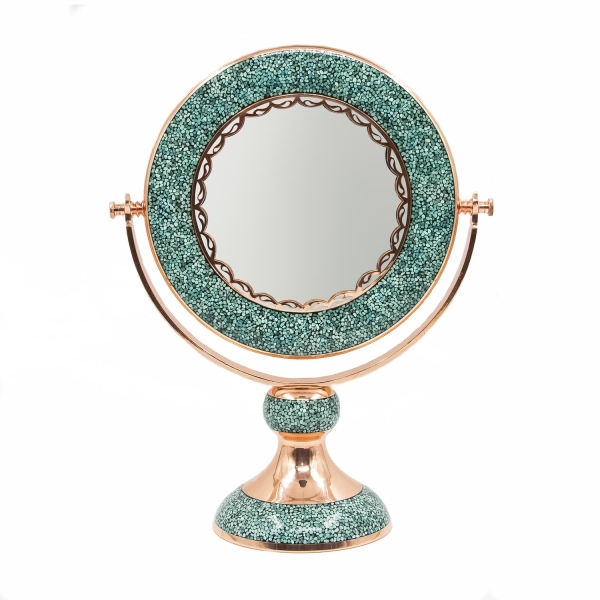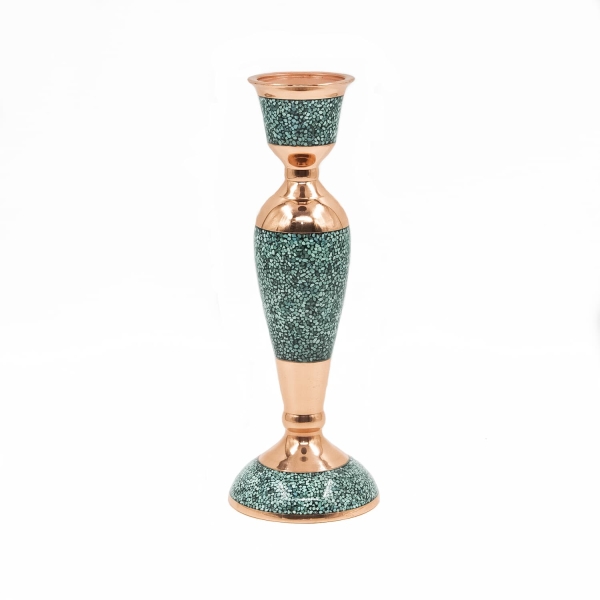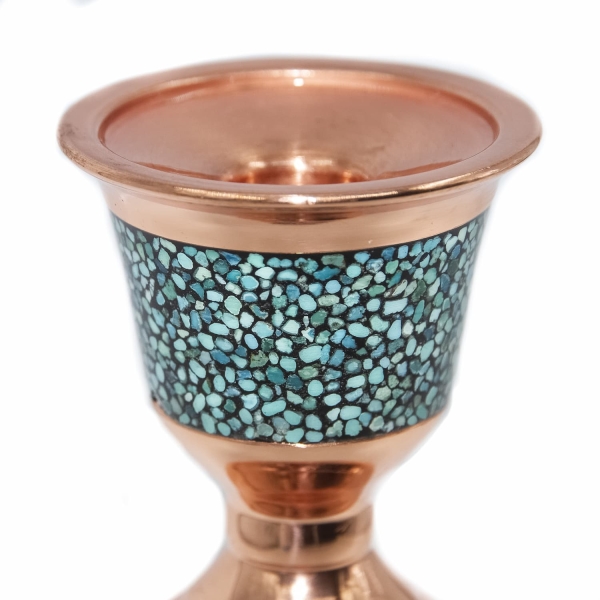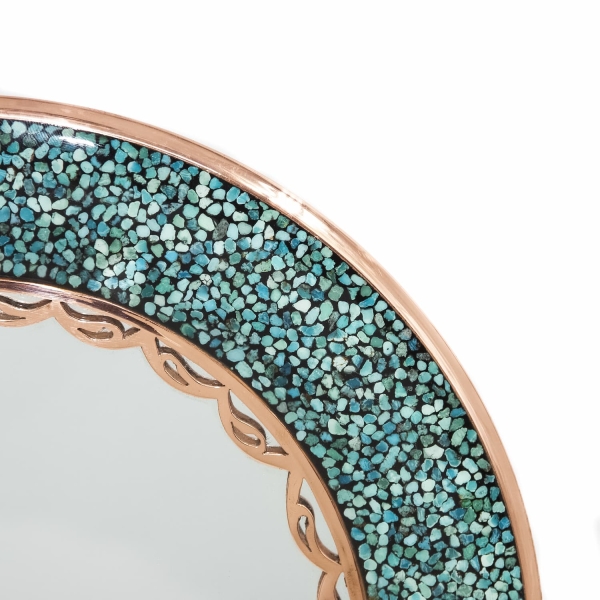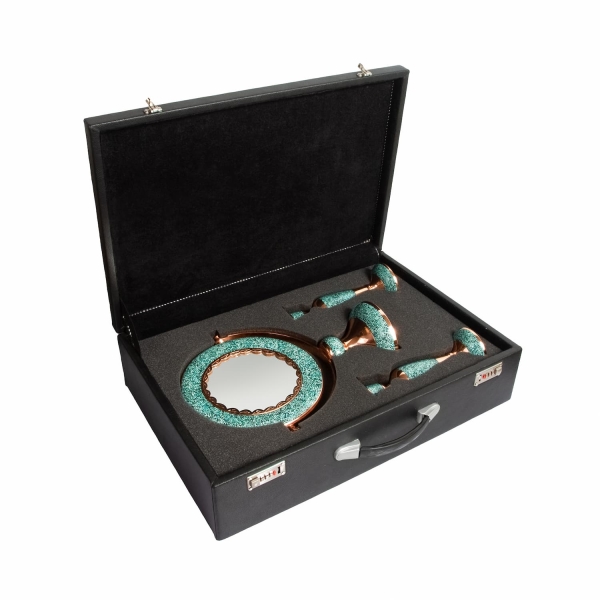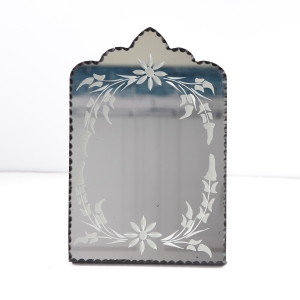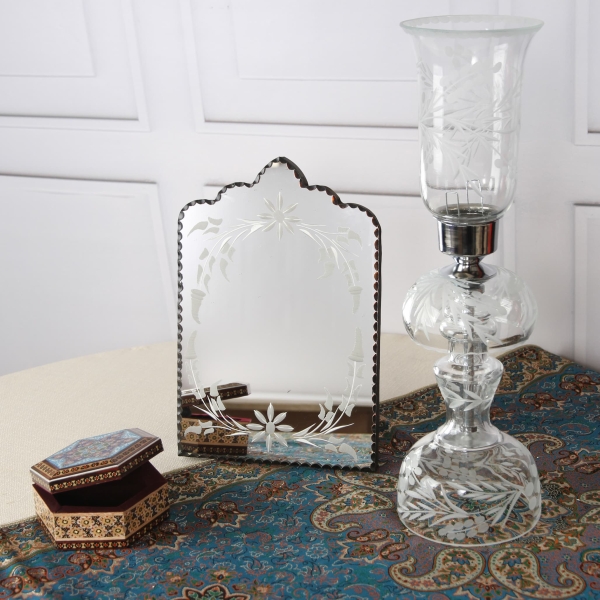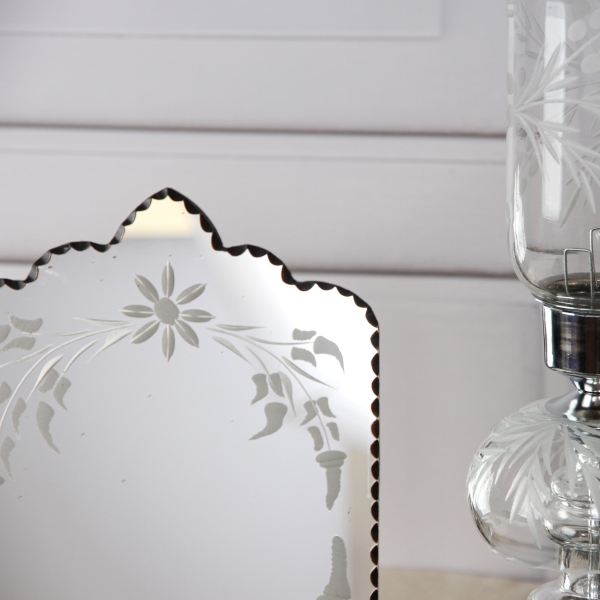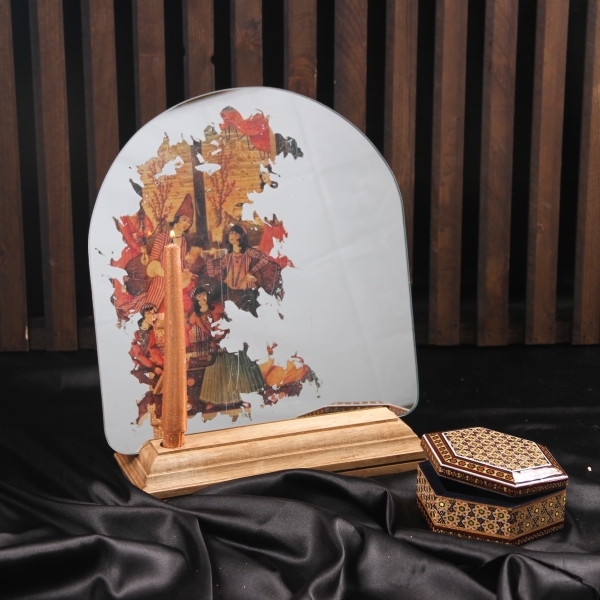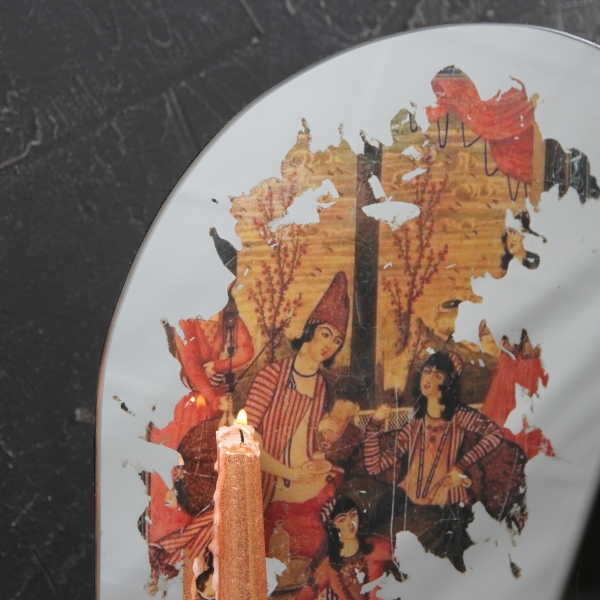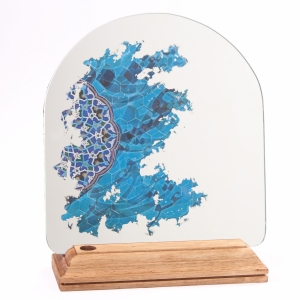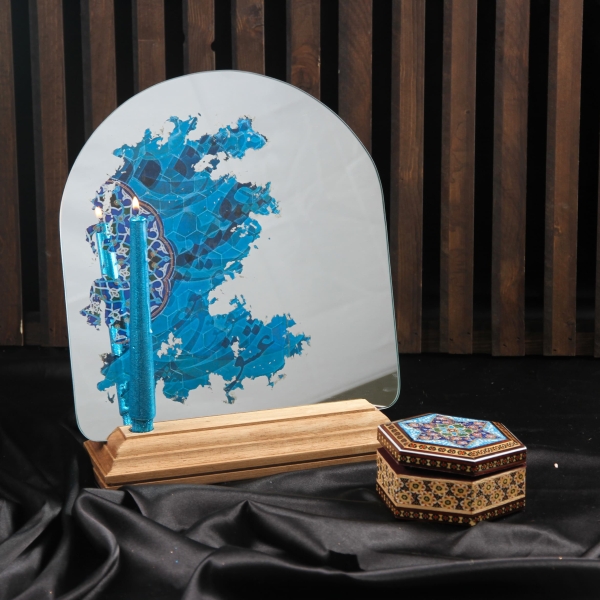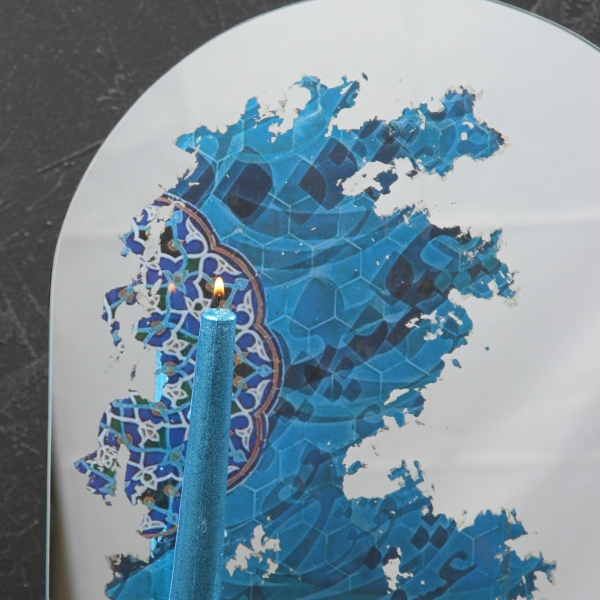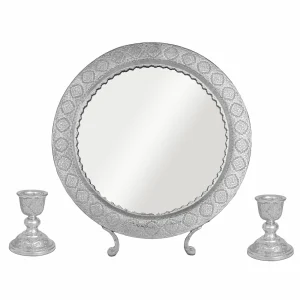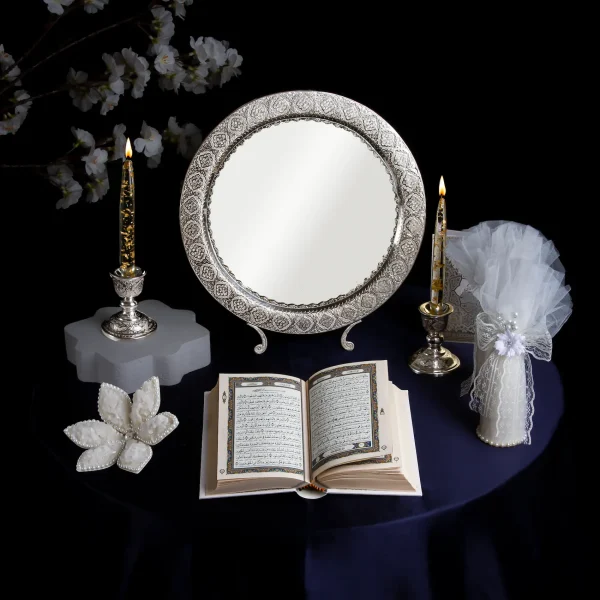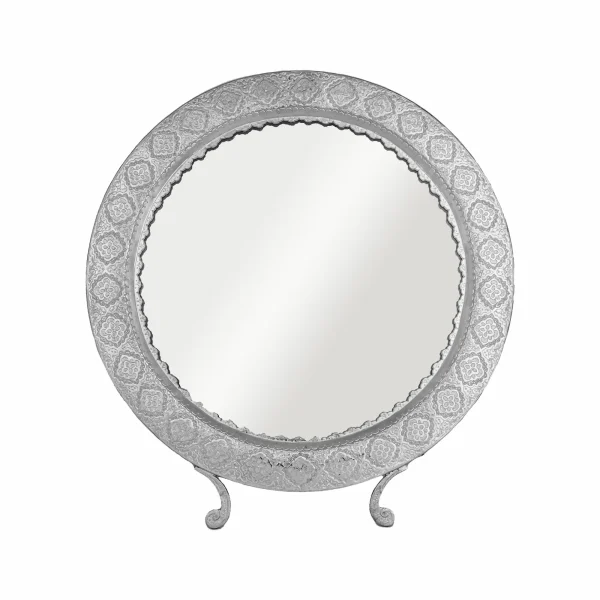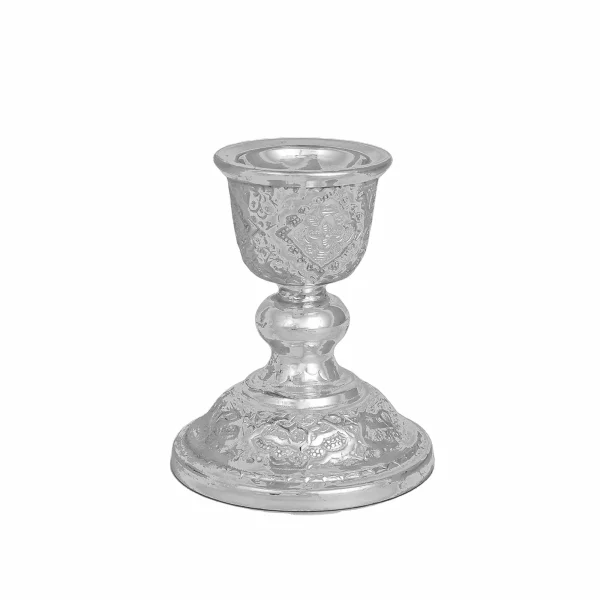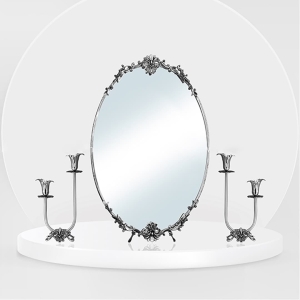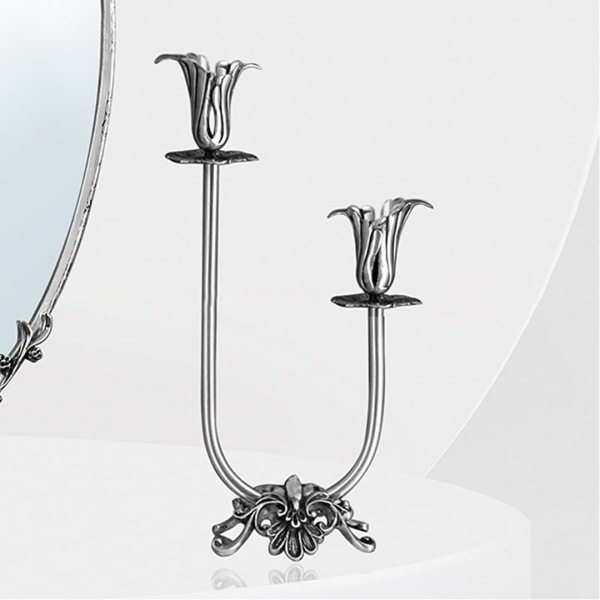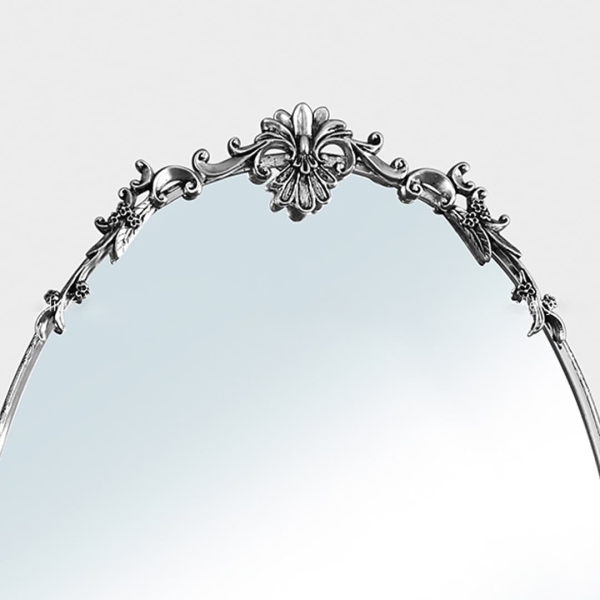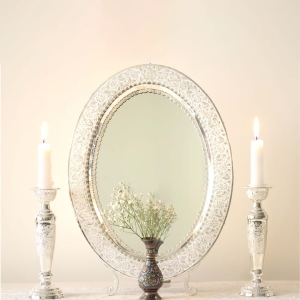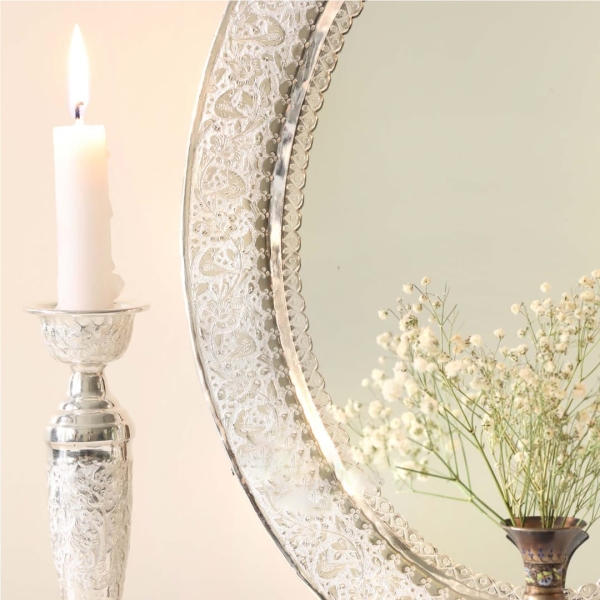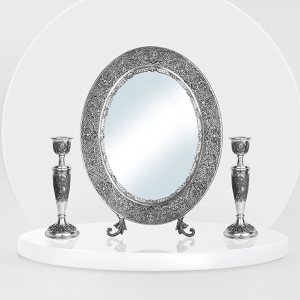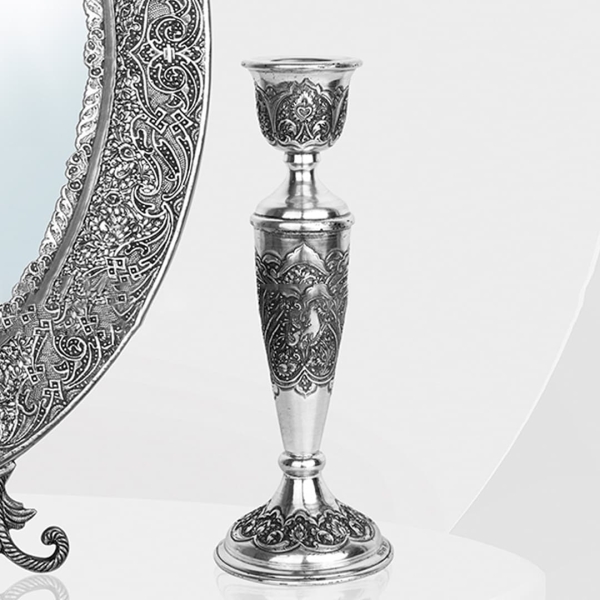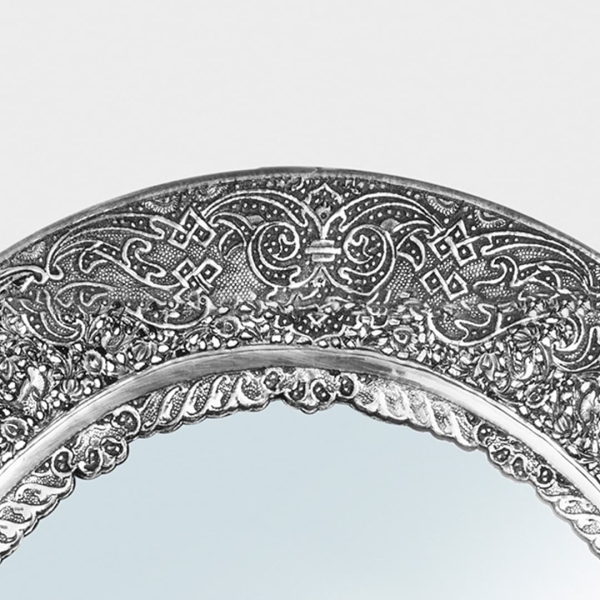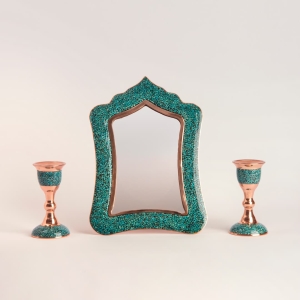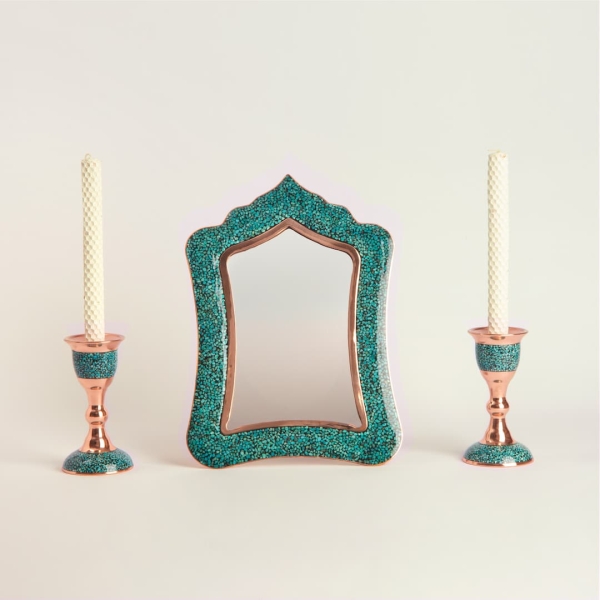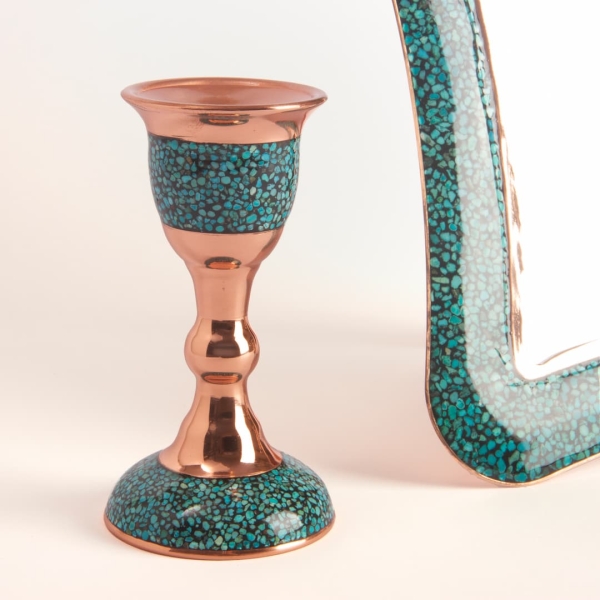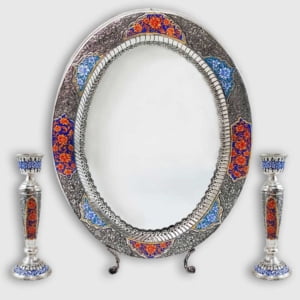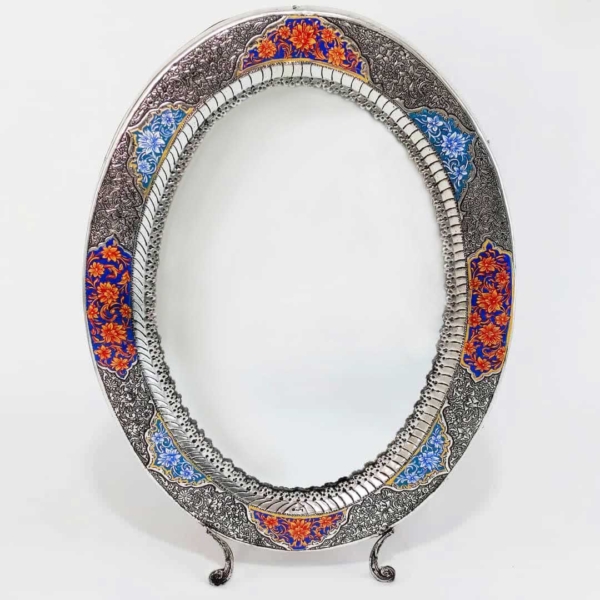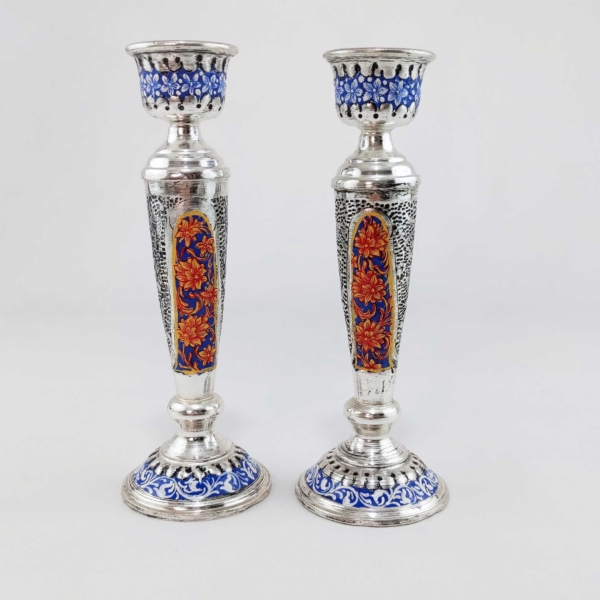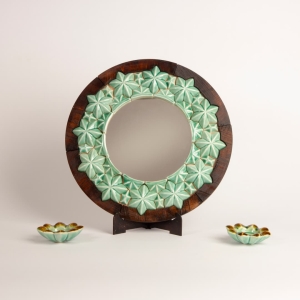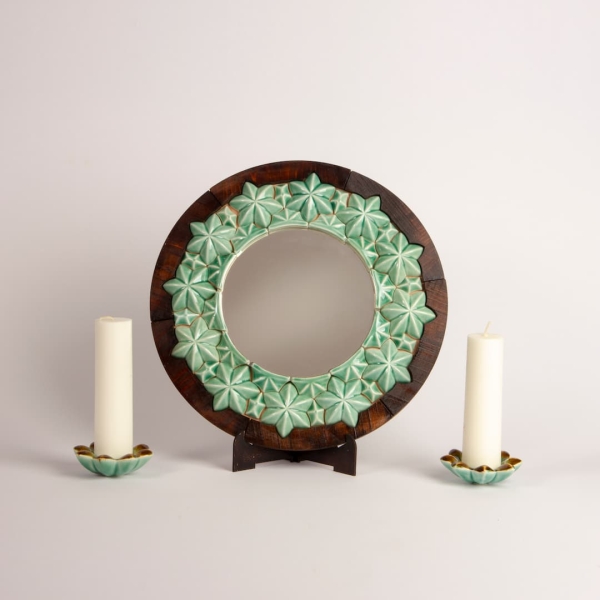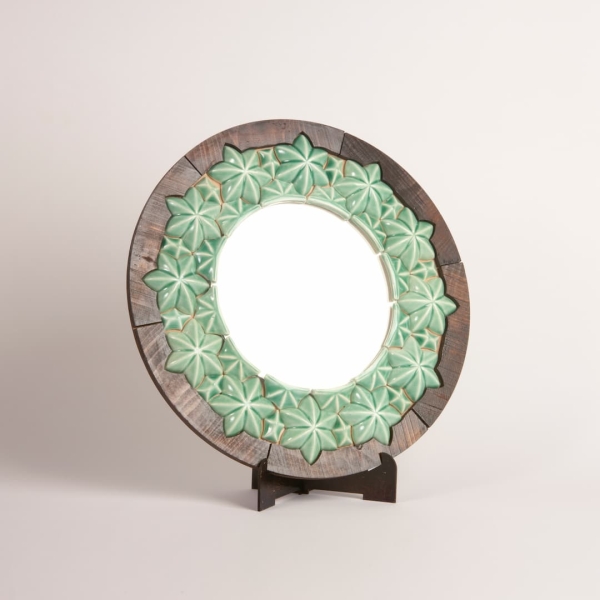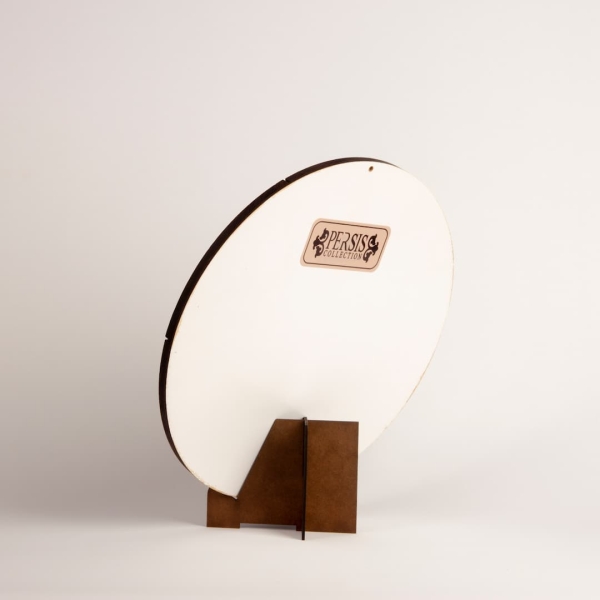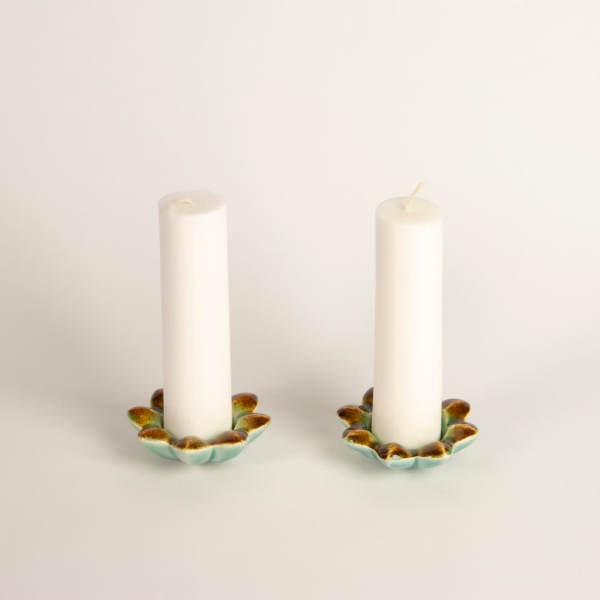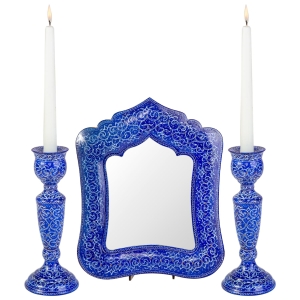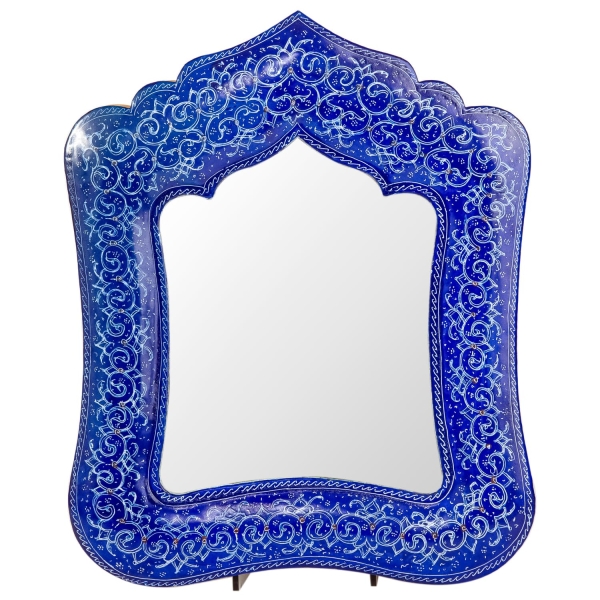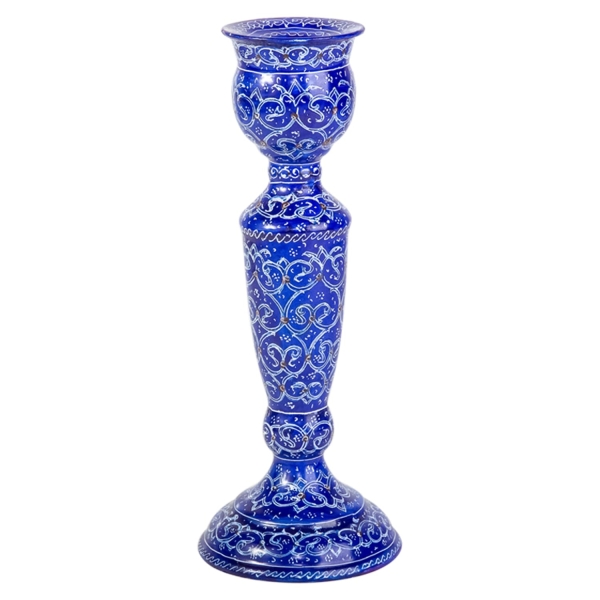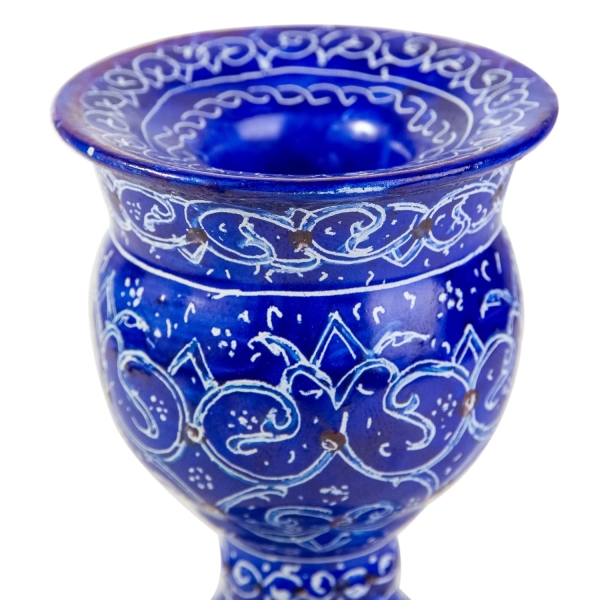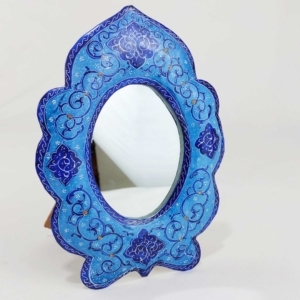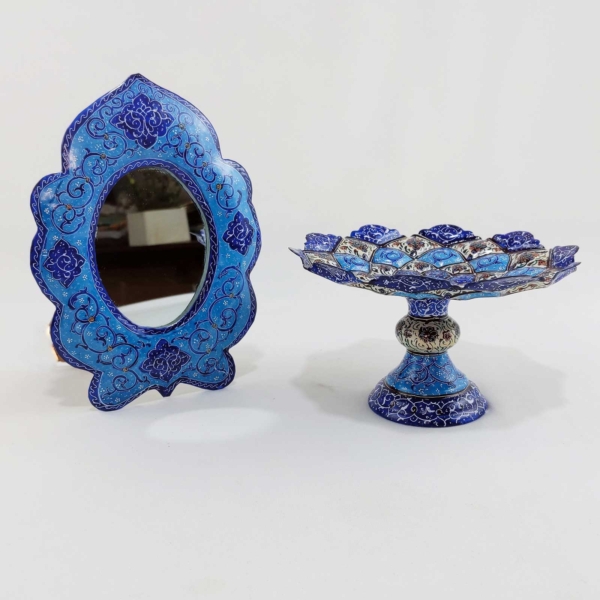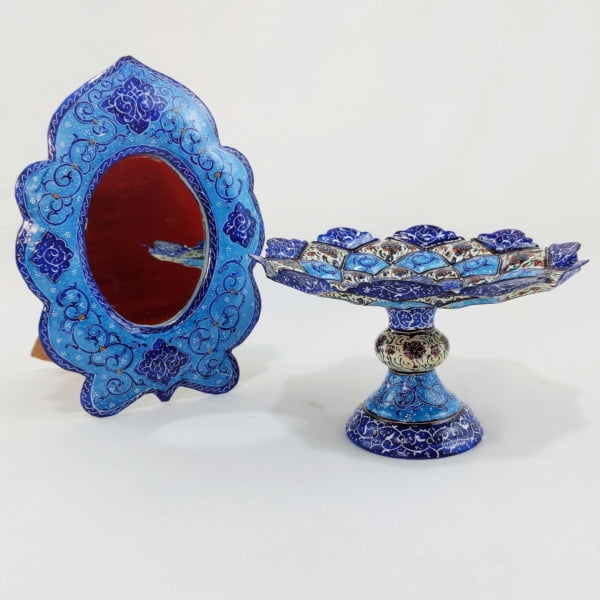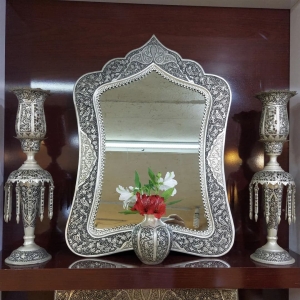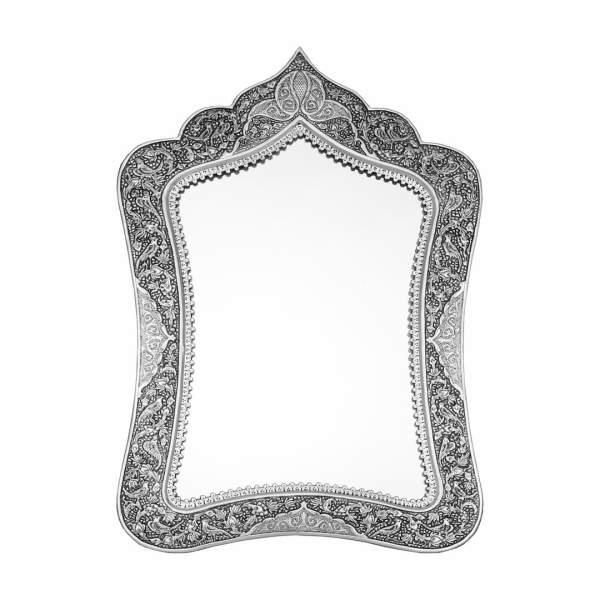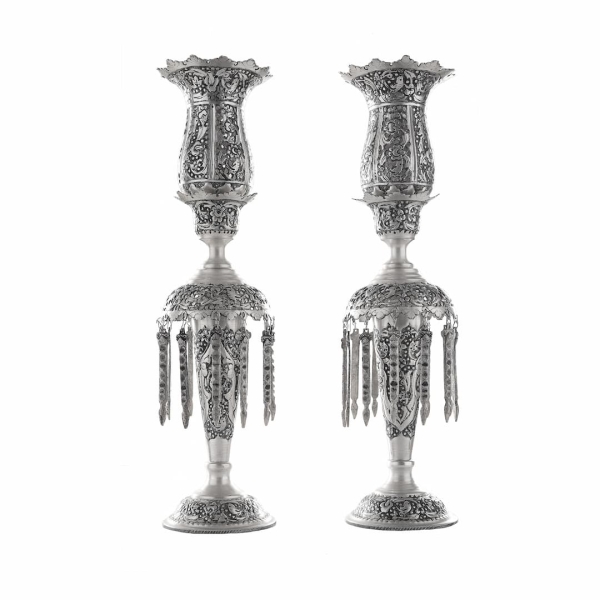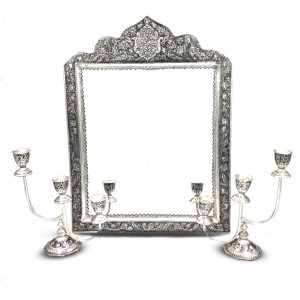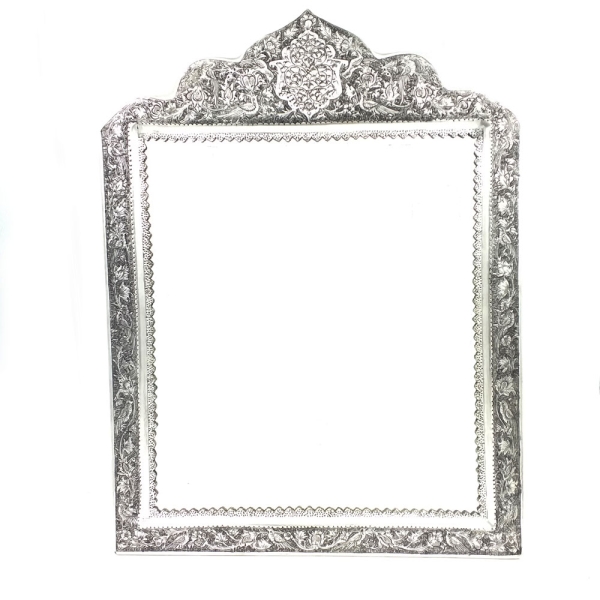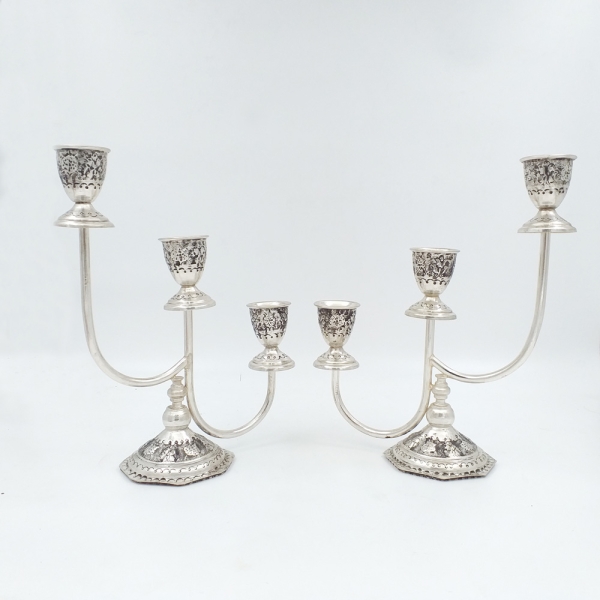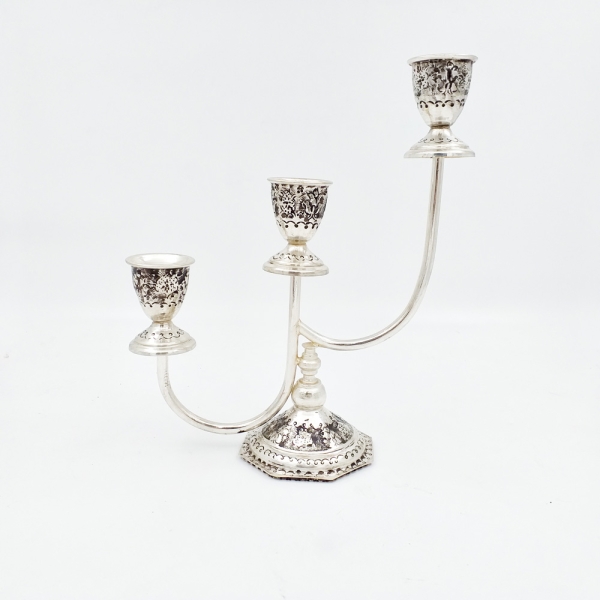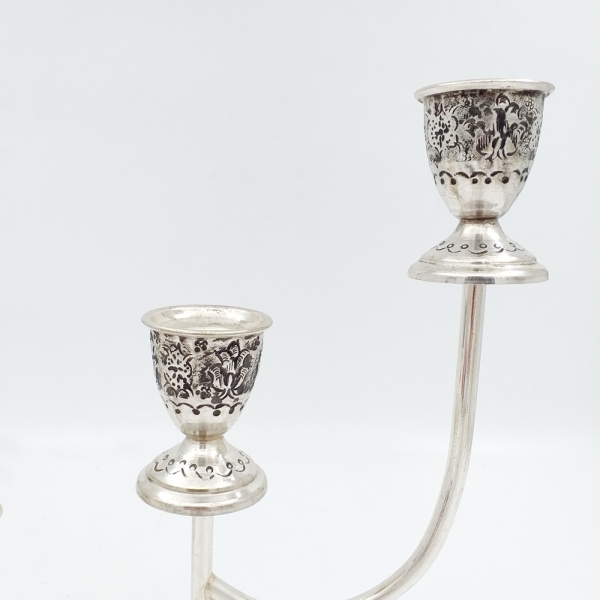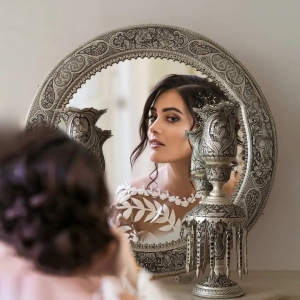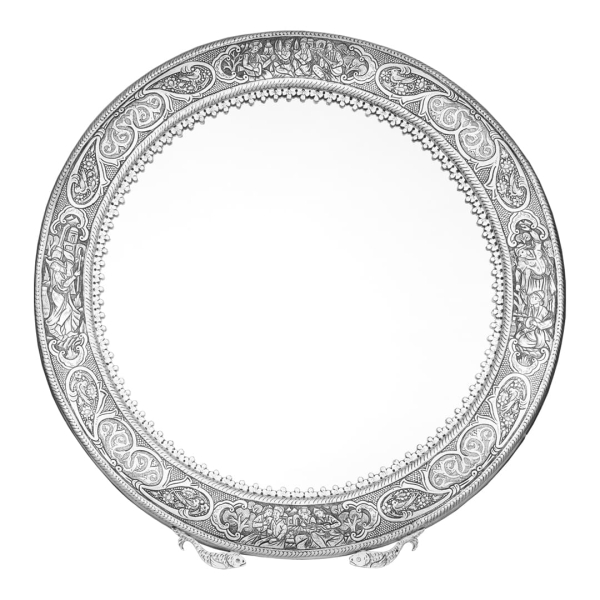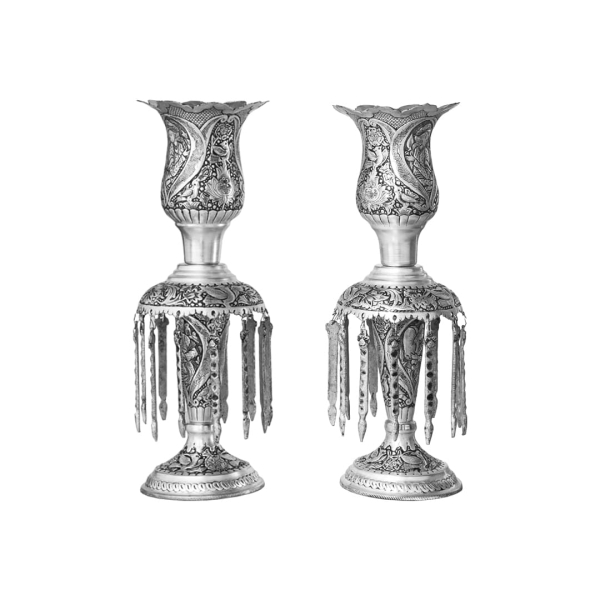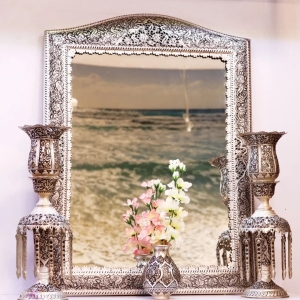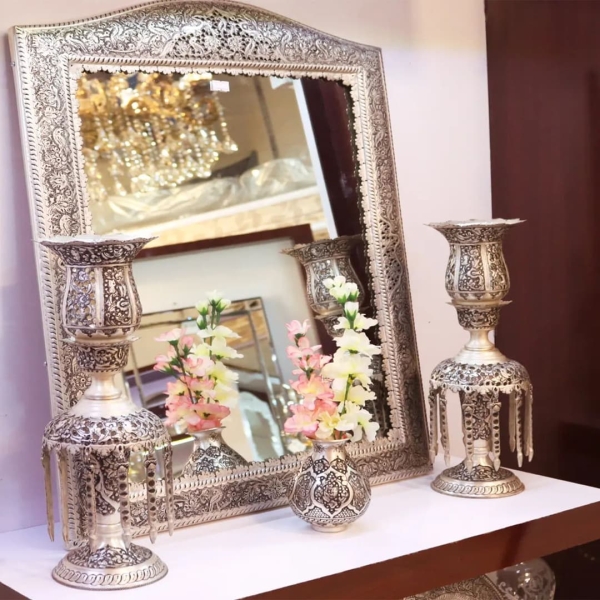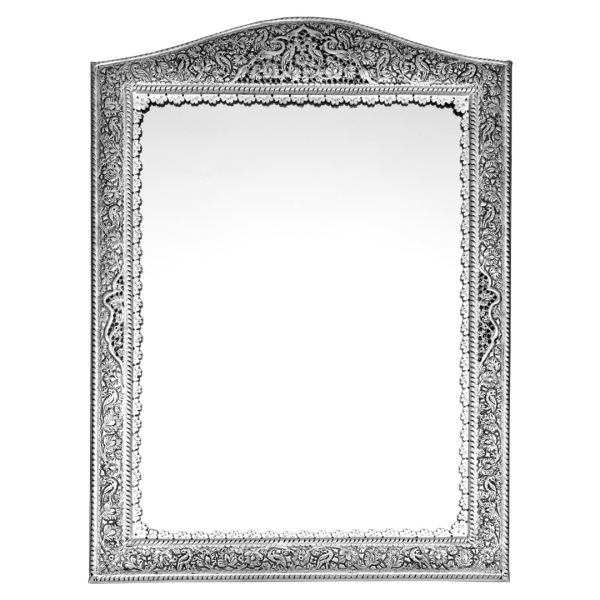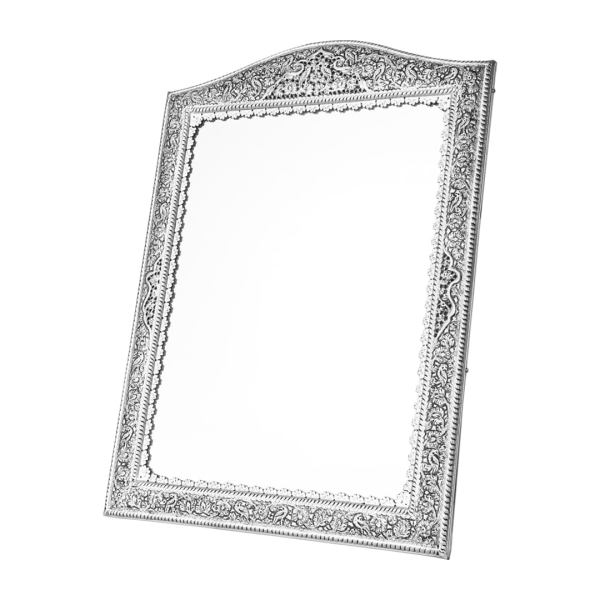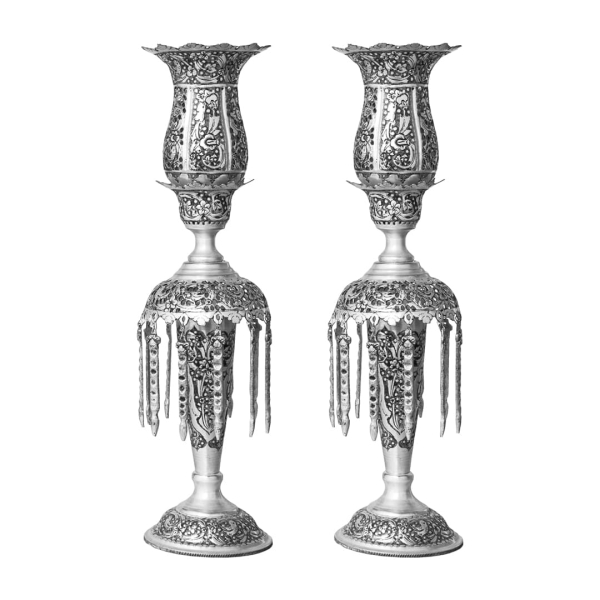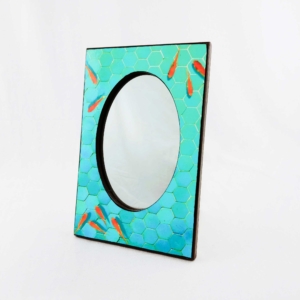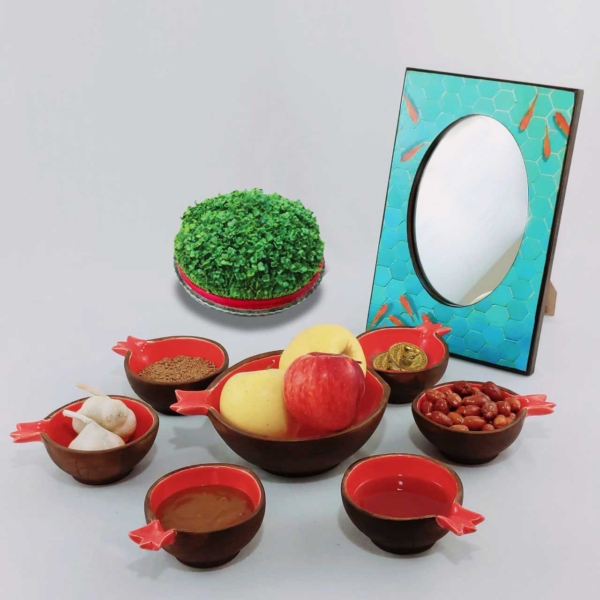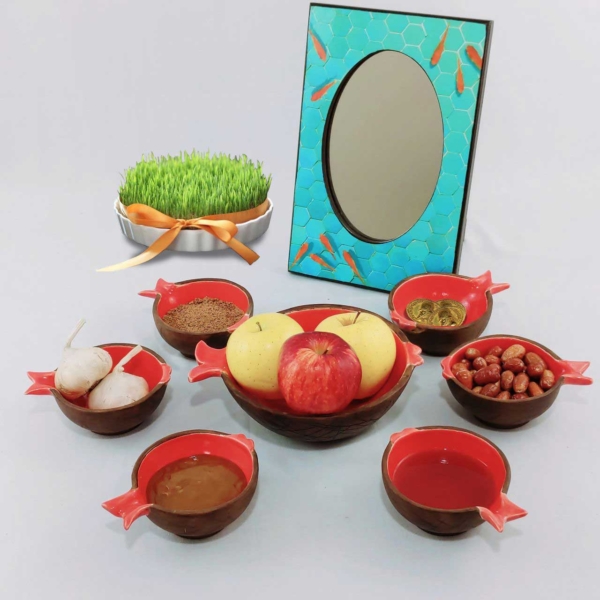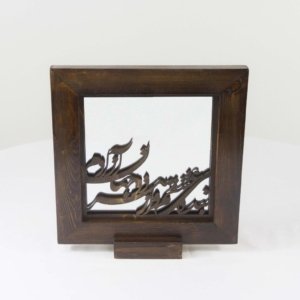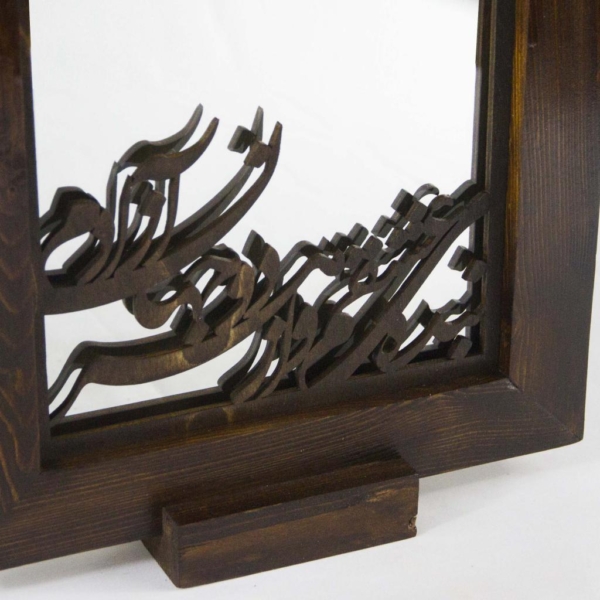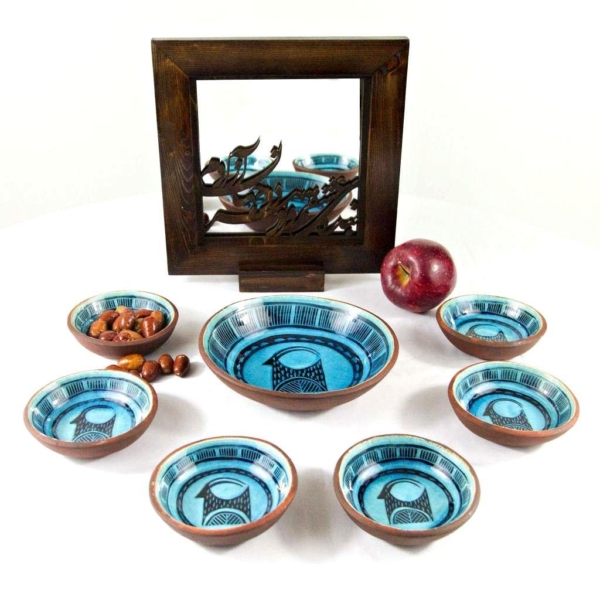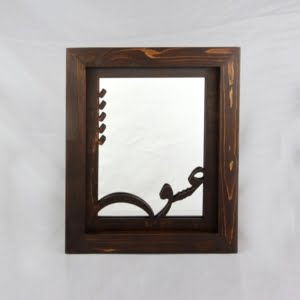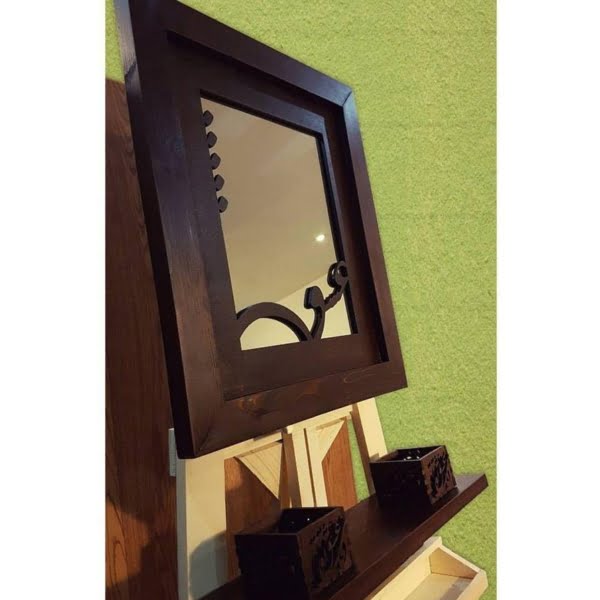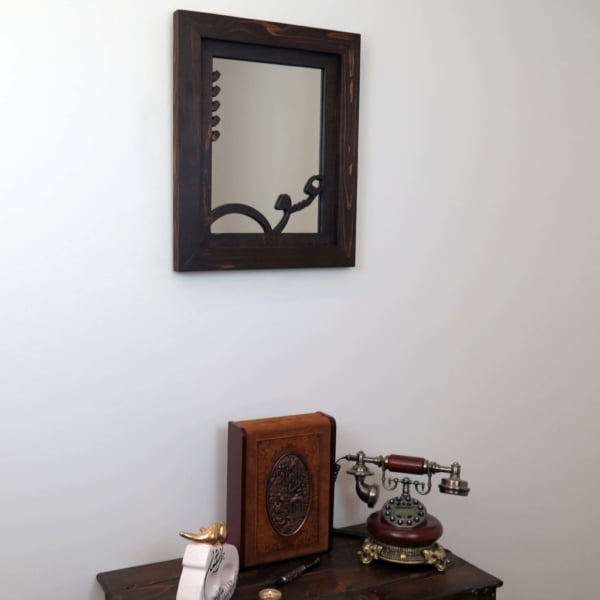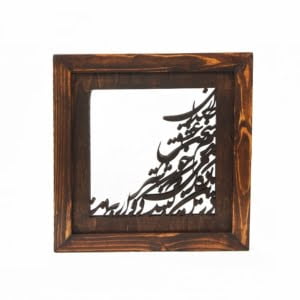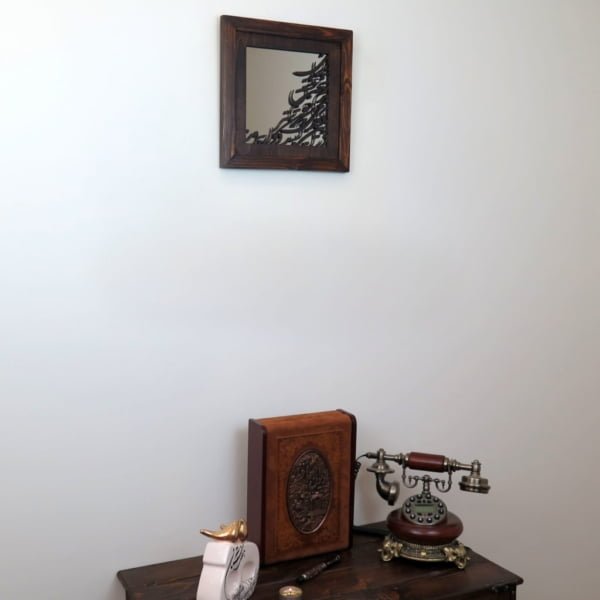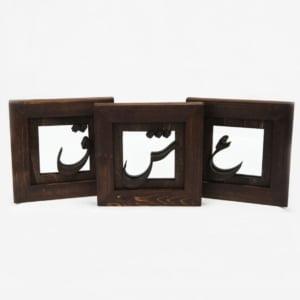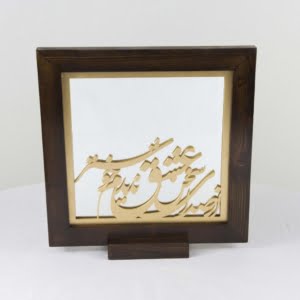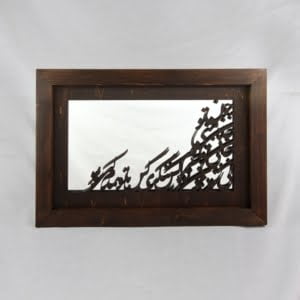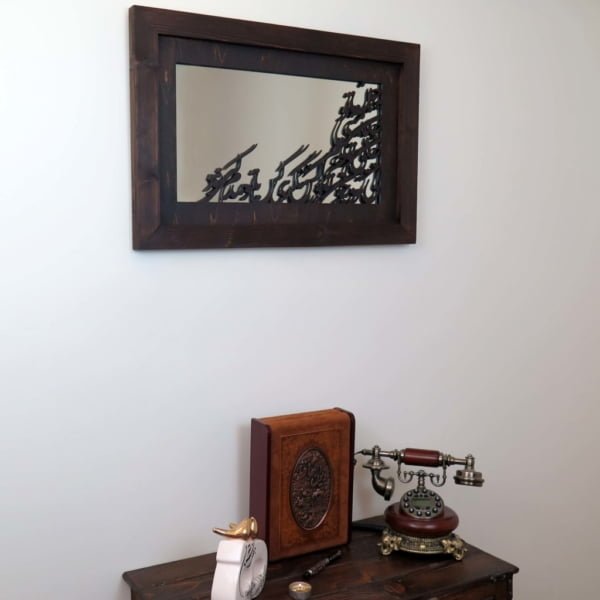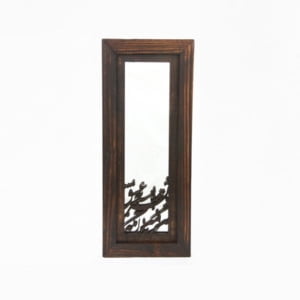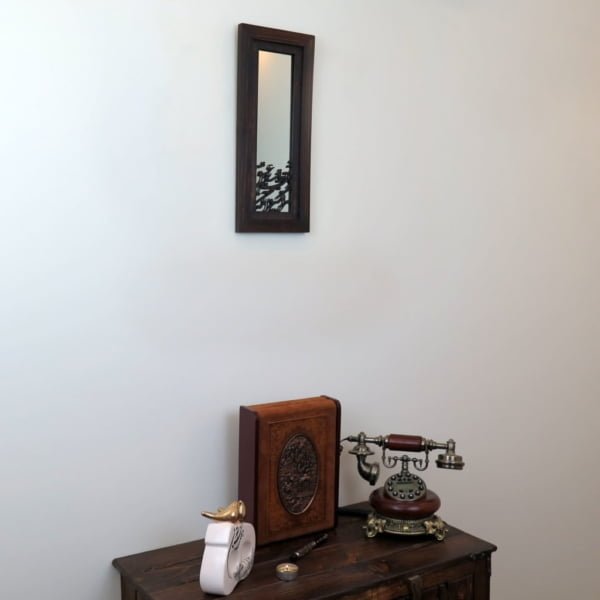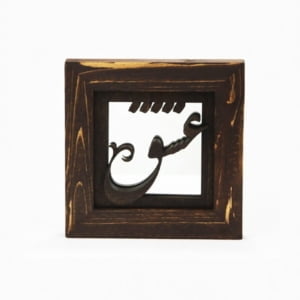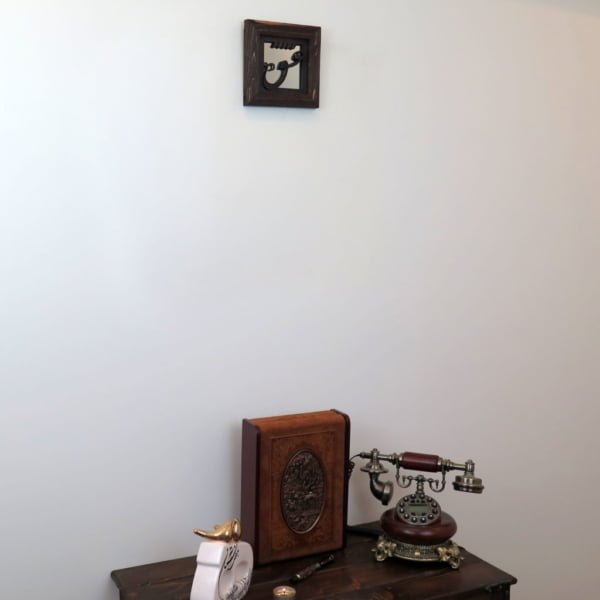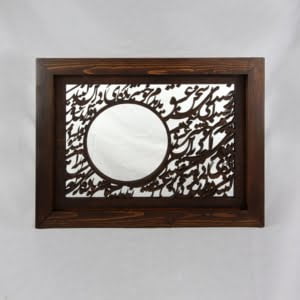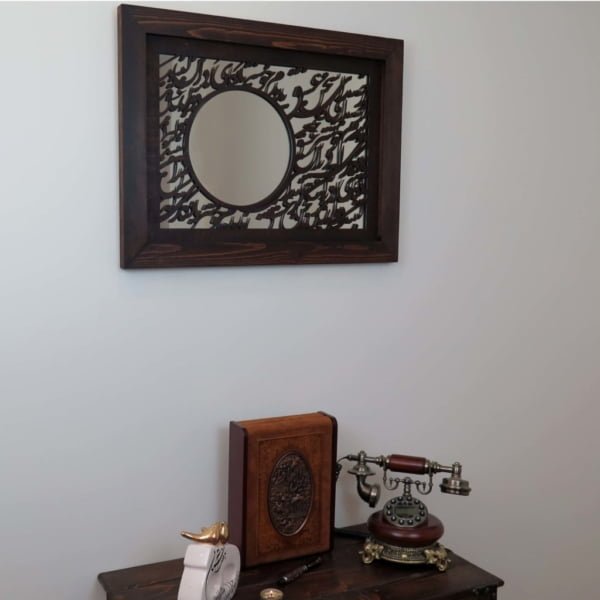Mirrors
Discover the timeless beauty and cultural significance of Persian Mirrors at Persis Collection, where tradition meets artistry. Our curated selection includes vintage, antique, and contemporary mirrors, each reflecting the rich heritage of Persian craftsmanship.
Persian Wedding Oval Mirror Set
Original price was: $1,920.00.$1,648.64Current price is: $1,648.64.Add to cartBustan Design Folding Table Mirror
$163.84 – $253.44Select options This product has multiple variants. The options may be chosen on the product pageSpring Blossom Venetian Mirror
$108.80 – $179.20Select options This product has multiple variants. The options may be chosen on the product pagePersian Lion and Sun Antique Mirror with Wooden Stand
Original price was: $70.40.$43.52Current price is: $43.52.Add to cartCustom Name Mirror and Candle Holder Set-Gold
$640.00Select options This product has multiple variants. The options may be chosen on the product pageDearest Persian Calligraphy Wooden Mirror 65x 45cm
Original price was: $119.04.$96.60Current price is: $96.60.Read moreThe Timeless Allure of Persian Mirrors
Persian mirrors have long been revered not only for their functional beauty but also for their deep symbolic significance in Iranian culture. These mirrors, often adorned with intricate designs and coupled with candle holders, are much more than decorative pieces; they are steeped in history and tradition, representing light, clarity, and reflection in every sense of the word.
The Cultural Significance of Persian Mirrors
One cannot discuss Persian mirrors without delving into their cultural and historical roots. The Persian mirror, or آینه, holds a significant place in the hearts of many, symbolizing light and purity. In Persian culture, mirrors are not just objects of reflection but are seen as portals to the soul, often used in important ceremonies and rituals. The Persian mirror art candle holder set, for example, is a staple in Persian weddings, where it symbolizes the light that guides the couple in their new life together.
Persian Mirrors in Weddings and Ceremonies
A Persian wedding mirror for sale isn’t just a purchase; it’s an investment in tradition. These mirrors are often accompanied by candle holders, which together make up a set known as the Ayeneh va Shamdan. This set plays a central role in the Sofreh Aghd, the traditional wedding spread, where the mirror reflects the light of the candles, symbolizing clarity and brightness in the couple’s future.
The mirror is also deeply embedded in other Persian rituals such as the Nowruz Haft-Seen table, where it reflects the new beginnings of the Persian New Year. The symbolism of the Persian wall mirror extends beyond aesthetics, serving as a reminder of the spiritual and cultural values that have been passed down through generations.
Types of Persian Mirrors
The variety of Persian mirrors available today is a testament to the rich history and diverse craftsmanship of Iran. From the antique Persian mirror, with its vintage charm and historical significance, to the modern Persian style mirror that blends traditional designs with contemporary aesthetics, there is a Persian mirror for every home and occasion.
Vintage and Antique Persian Mirrors
A vintage Persian mirror often tells a story of its own, with each piece being a unique artifact from a bygone era. These mirrors are highly sought after by collectors and those looking to add a touch of history to their decor. Antique Persian mirrors, on the other hand, are treasured for their intricate designs and the craftsmanship that has withstood the test of time. Owning such a mirror is like owning a piece of Persian history, making it a perfect addition to any home that values cultural heritage.
Modern Persian Silver Mirrors
In contrast to their antique counterparts, Persian silver mirrors offer a sleek and modern take on traditional designs. These mirrors are often crafted with meticulous attention to detail, combining the elegance of silver with the timeless motifs of Persian art. A Persian silver mirror can serve as both a functional piece and a work of art, elevating the decor of any space with its refined beauty.
The Elusive Face of Iranian Mirrors
The phrase “Persian mirrors: the elusive face of Iran” encapsulates the mysterious and captivating nature of these artifacts. Persian mirrors have always been more than mere reflections; they are a reflection of the culture, the people, and the history of Iran. This elusive quality is what makes them so fascinating and valuable to collectors and enthusiasts alike.
Iranian Mirrors as Cultural Icons
Iranian mirrors have been used in various forms of art and architecture, often seen in grand palaces and sacred spaces. The intricate designs and the symbolic use of mirrors in these settings speak to the deep connection between the material and the spiritual in Persian culture. Whether you’re looking at a Persian mirror art piece or an Iranian mirror used in a ceremonial context, these items represent much more than their physical form.
Persian Mirrors in Modern Decor
Today, Persian mirrors are cherished not only for their cultural significance but also for their ability to enhance modern interiors. The blend of traditional craftsmanship with contemporary design makes them versatile pieces that can complement various styles of home decor.
Integrating Persian Mirrors into Your Home
Adding a Persian mirror to your home is like introducing a piece of art that carries with it centuries of history. Whether it’s a Persian wall mirror in your living room or a Persian mirror and candle holder set on your dining table, these pieces can transform any space into a sanctuary of elegance and tradition. The use of a Persian-style mirror in modern decor offers a unique way to connect with the rich heritage of Iran while adding a sophisticated touch to your living space.
Persian Mirrors FAQ:
- What is the significance of Persian mirrors in weddings?
Persian mirrors symbolize light and clarity in Persian weddings, reflecting the couple’s bright future together. - Where can I buy a Persian wedding mirror?
You can purchase authentic Persian wedding mirrors at the Persis Collection, with guaranteed worldwide delivery. - What is the Sofreh Aghd?
The Sofreh Aghd is the traditional wedding spread in Persian weddings, where the mirror and candelabra are prominently displayed. - Are antique Persian mirrors available for sale?
Yes, the Persis Collection offers a curated selection of antique Persian mirrors, each with its unique history. - What is the Persian mirror art candle holder set?
It is a traditional set used in Persian weddings, symbolizing light and guidance for the newlyweds. - How do I care for a Persian silver mirror?
Persian silver mirrors should be cleaned with a soft, dry cloth to maintain their luster and prevent tarnishing. - Can Persian mirrors be used in modern decor?
Persian mirrors blend beautifully with both traditional and contemporary home decor styles. - What makes a Persian mirror different from other mirrors?
Persian mirrors are known for their intricate designs and deep cultural significance, making them unique compared to other mirrors. - How are Persian mirrors made?
Persian mirrors are often handcrafted by skilled artisans, using traditional techniques passed down through generations. - Why are Persian mirrors considered valuable?
Persian mirrors are valued for their historical significance, cultural symbolism, and the craftsmanship involved in their creation






